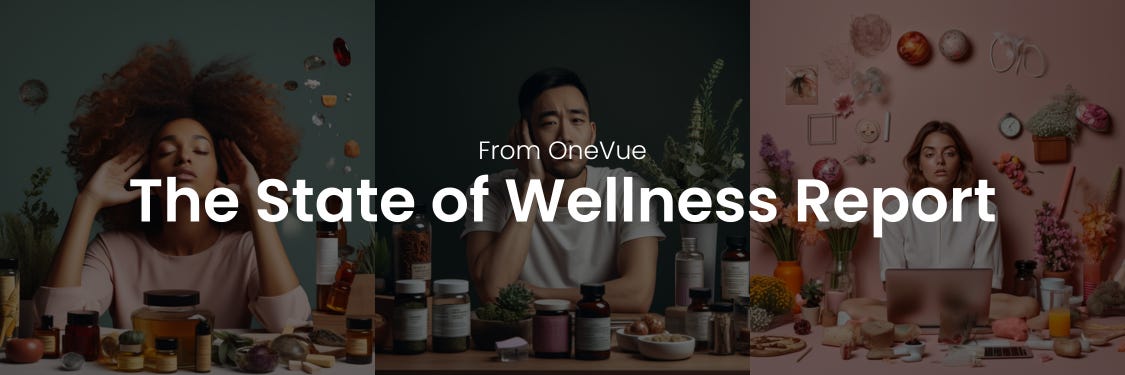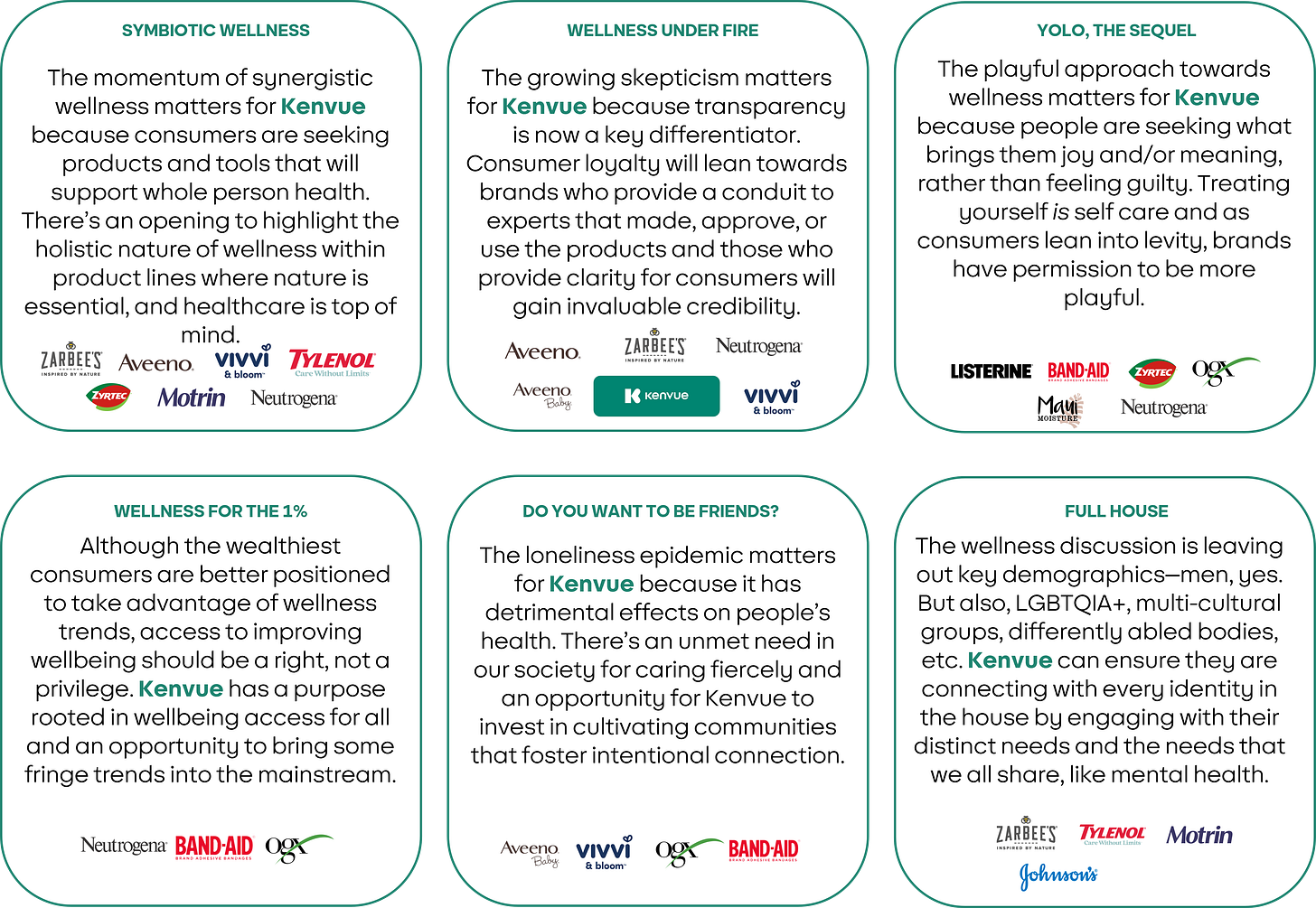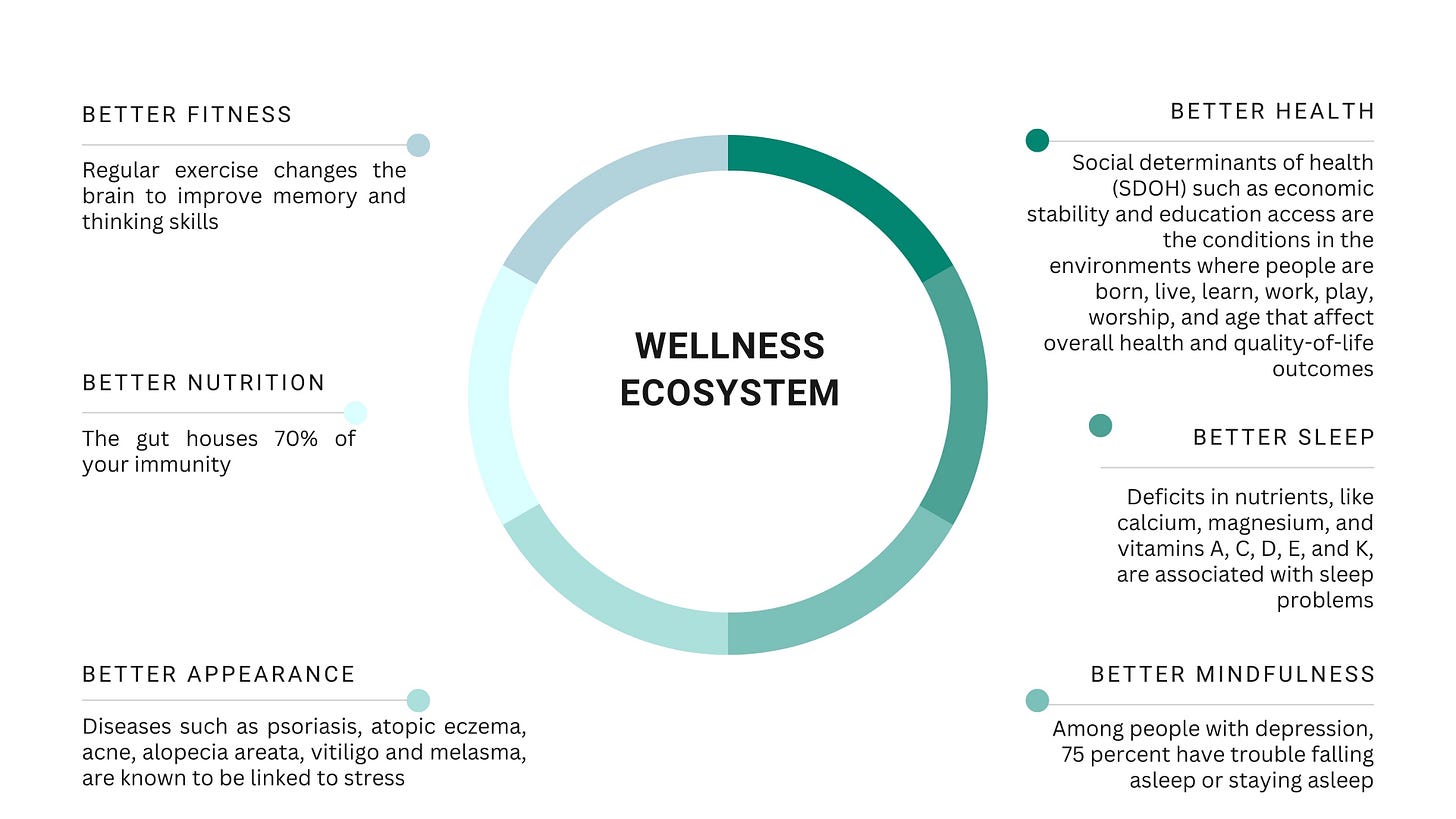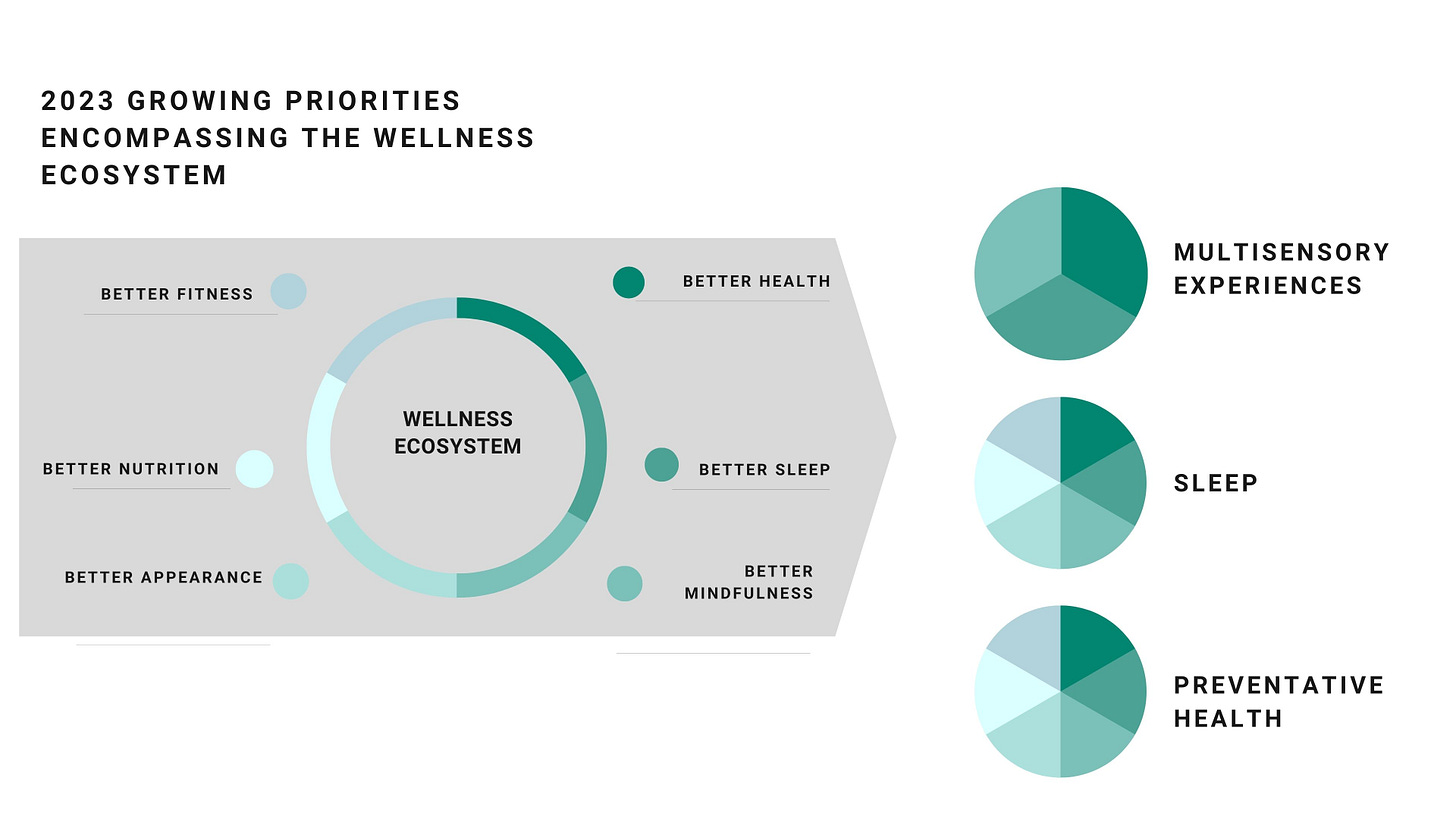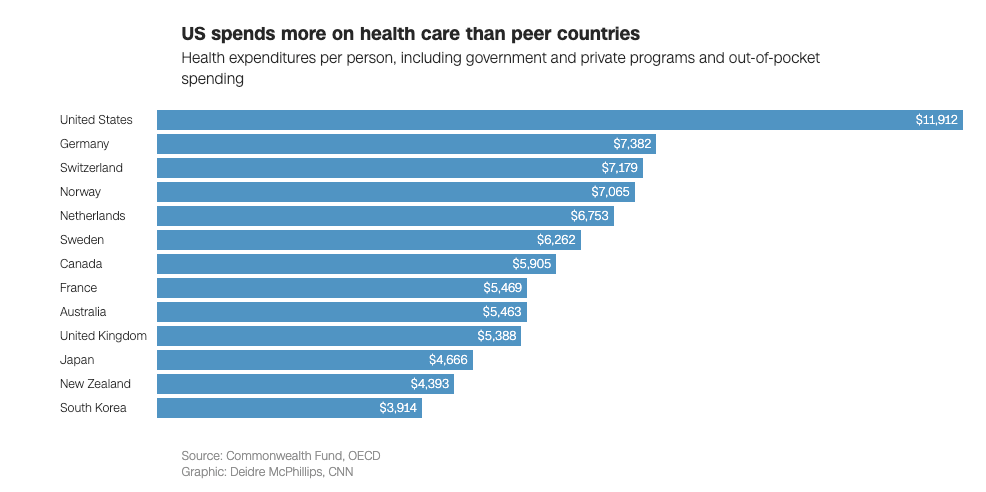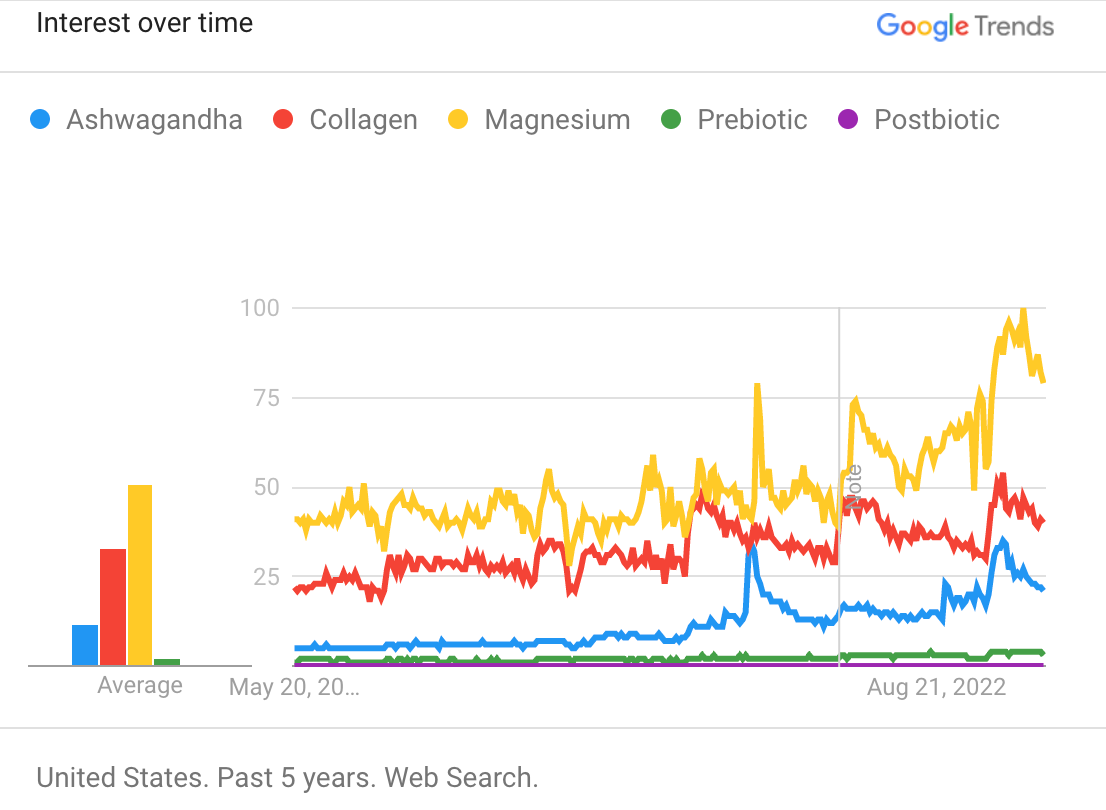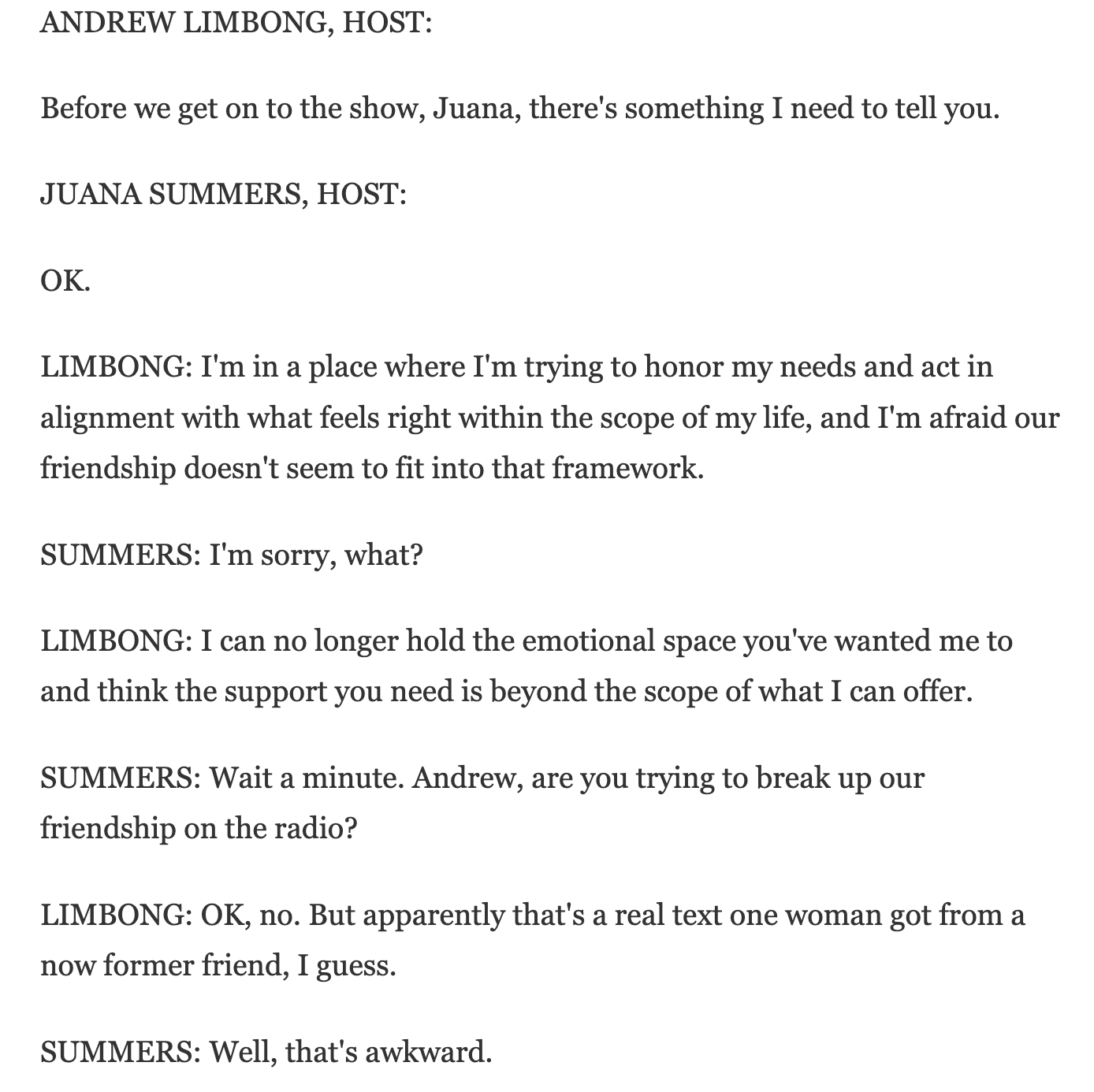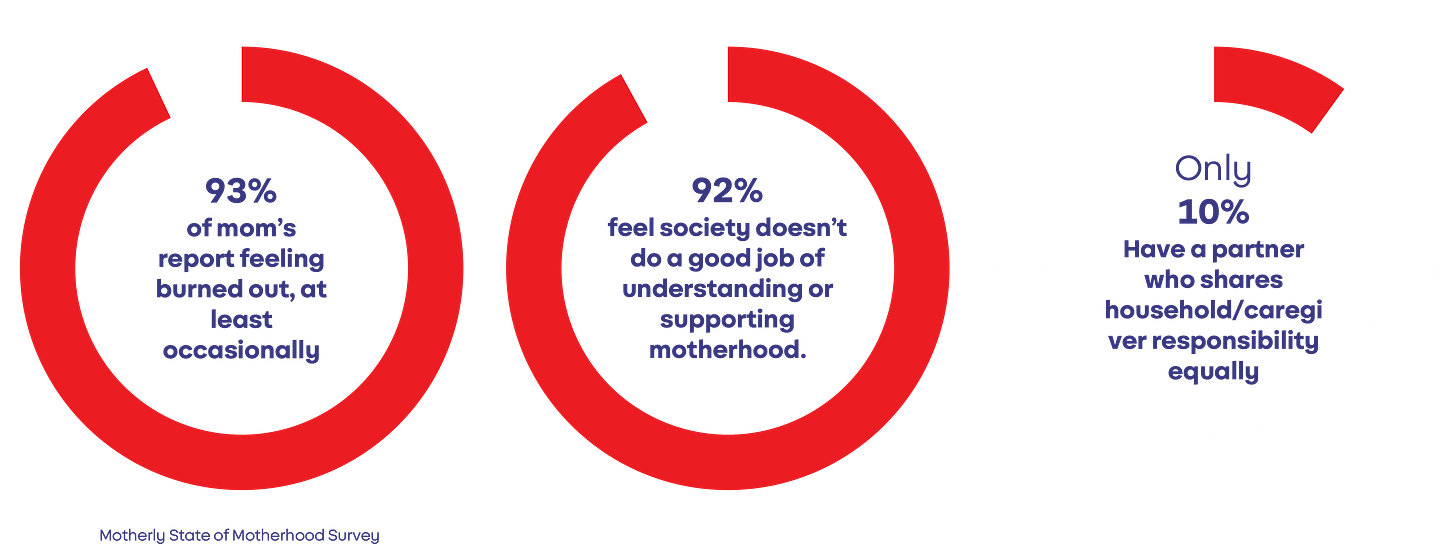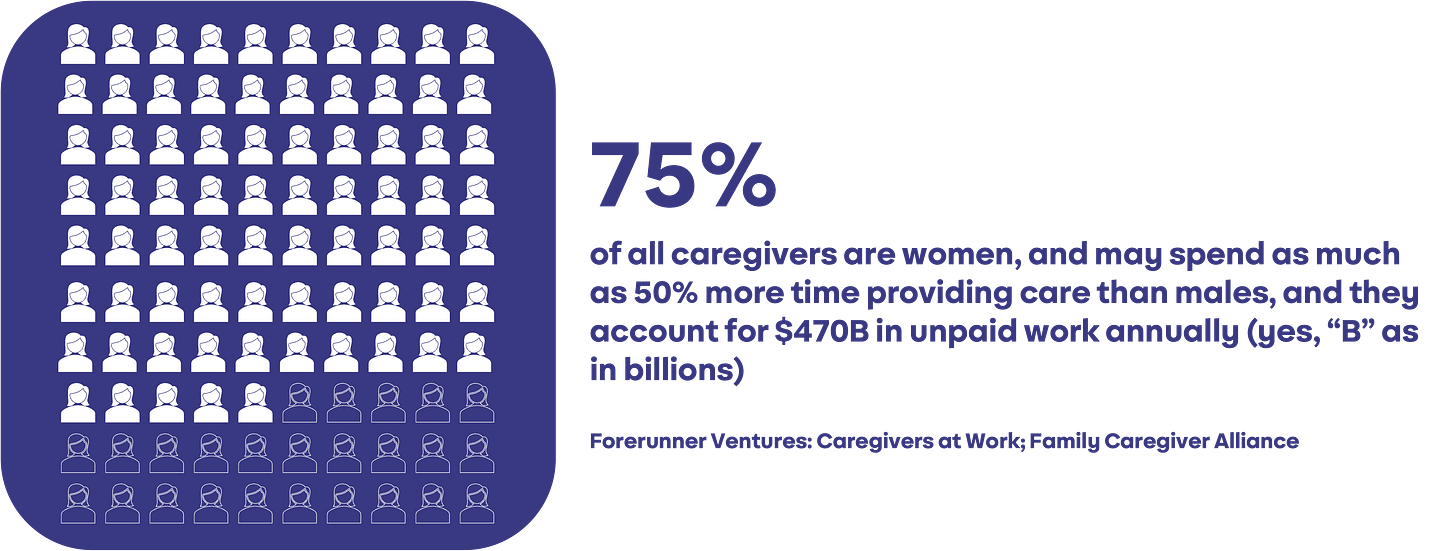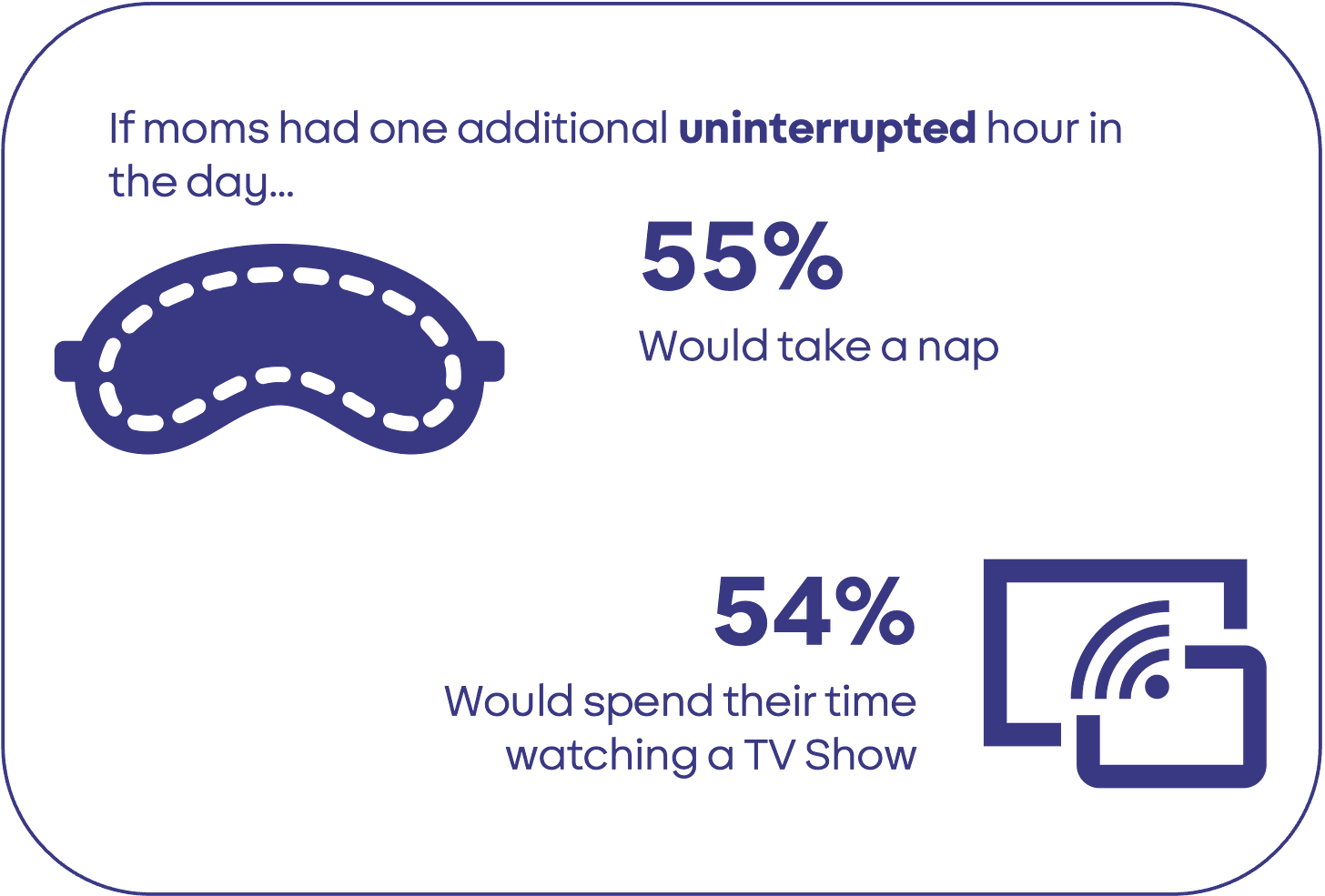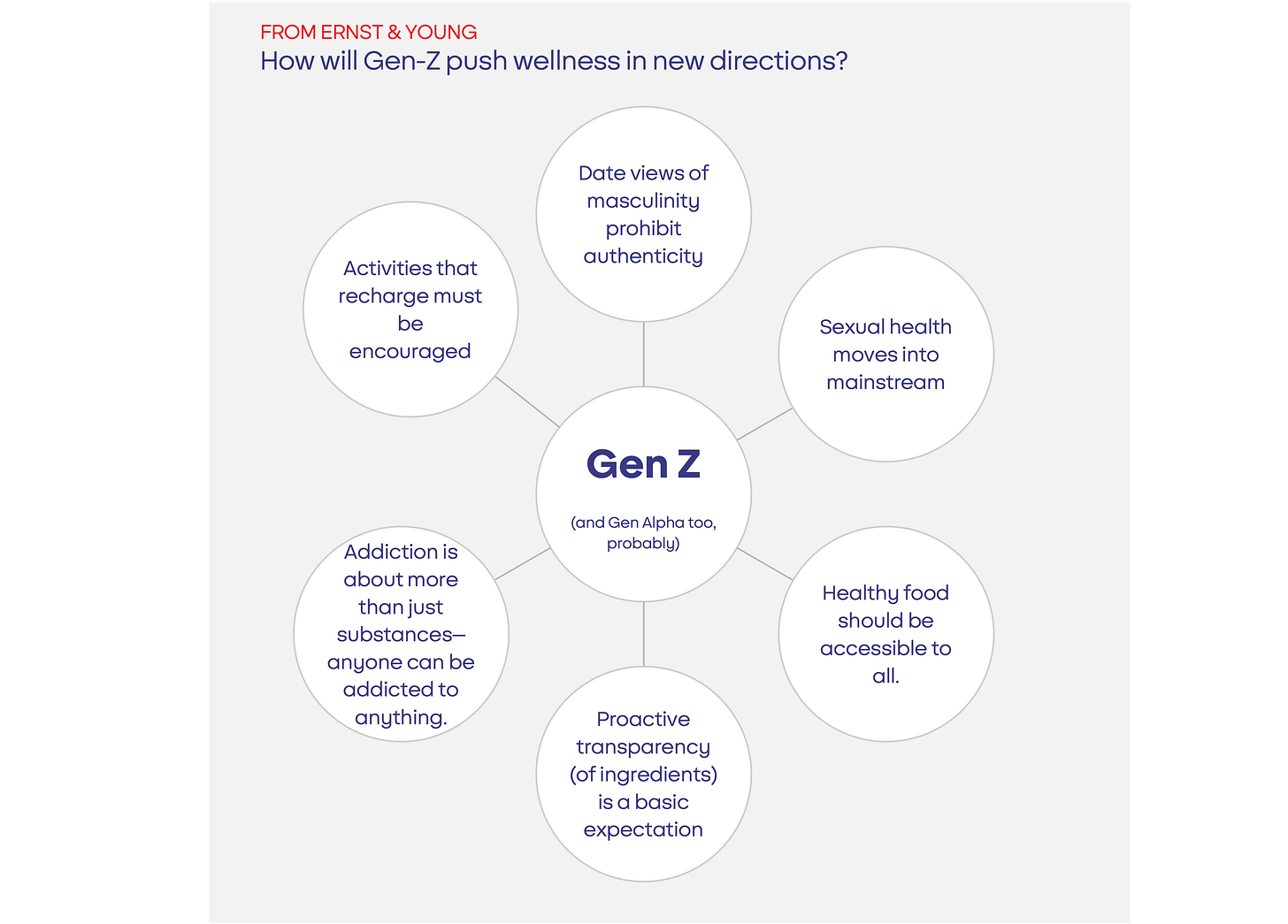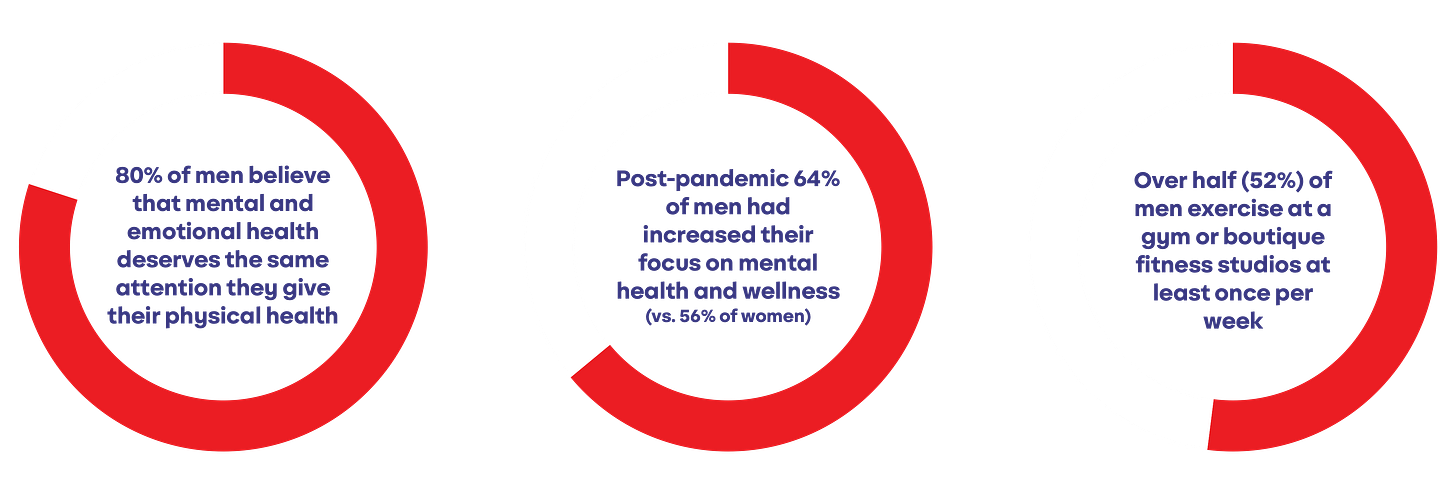Table of Contents
Our in-depth report on the State of Wellness is approximately a 26 minute read. We’ve provided a clickable table of contents below to help navigate, digest, and choose your own adventure. Be sure to bookmark it or save to your favorite read-it-later application.
Executive Summary | Why it Matters | By the Numbers | Overview | Symbiotic Wellness | Wellness Under Fire | YOLO, The Sequel | Wellness for the 1% | Do You Want to Be Friends? | Full House | All-Inclusive Wellness | Extra Credit Reading
Executive Summary
Wellness is the one thing many of us believe is in our control and in the midst of a perfect storm of destabilizing dominoes – a global pandemic, an economic downturn, the looming threat of climate change, political unrest, and a mental health crisis to name just a few things keeping Americans up at night – it feels critical.
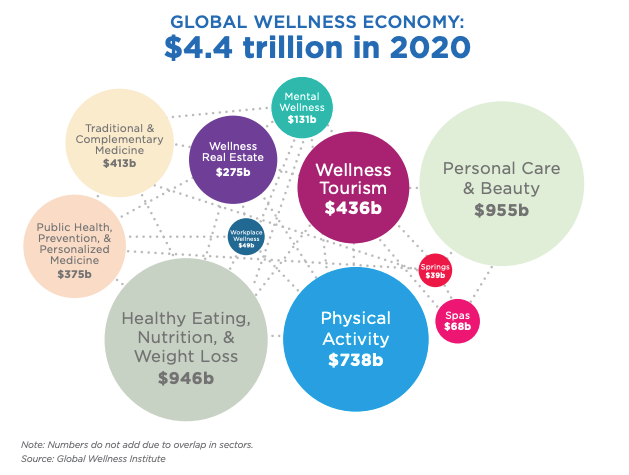
However, despite the deluge of information, trends, products, and claims, it never gets any easier to achieve our wellness goals. It just gets more confusing and exhausting. There are many faces of wellness and an unfortunate truth is that for all its positives, there are also negatives propped up by pseudoscience and a sometimes toxic culture.
In investigating the wellness landscape, we see a whitespace for Kenvue to set the standard of what it means to be well. By leveraging our ken rooted in centuries worth of scientific and healthcare expertise, we can help consumers (and society as a whole) view a more direct path toward living healthier, balanced, and more purposeful lives.
Why it Matters for Kenvue
By the numbers
$7 Trillion: projected value of the global wellness economy by 2025 according to the Global Wellness Institute (GWI)
$11,285 USD: The price of a 4-night minimum stay at Soma, the real-life retreat that was the setting of TV series Nine Perfect Strangers (Airbnb)
1950: The year that marks the beginning of wellness by the preamble to the World Health Organization’s 1948 constitution: “Health is a state of complete physical, mental and social well-being and not merely the absence of disease or infirmity.” (NYT)
2010: The year that wellness began to shift from fringe to mainstream (NYT)
250%: increase in self-care related searches between 2019 and 2020 (ASD Market Week)
79%: Of respondents across 6 countries who said they believe that wellness is important (McKinsey)
90: The age that one third of people live beyond in Ikaria, Greece – a blue Zone, one of five designated places where people live the longest. (BBC)
Overview
Picture it. It's 1979, 60 minutes is on the television, and Dan Rather introduces an unfamiliar concept to the world: wellness. More than four decades later, wellness as both a concept and an industry has evolved into something almost as profitable as a "small G7 economy". While the early aughts of wellness were focused on achieving the same natural and holistic balance between mind, body, and spirit practiced in ancient Ayurveda, today's idea of what it means to be well has snowballed to new heights.
The wellness era ushered in by the 2010s may have been shiny, trendy, and somewhat superficial. In a piece in The Atlantic last year, Sophie Gilbert posed the question "How did healing ourselves get so exhausting?". To Sophie it appears, "the more overwhelmed and exhausted we get, the more we seemingly owe it to ourselves to pursue ‘wellness’.” Although we are more informed than any generation in history, that fact hasn't made it any easier to achieve optimal wellness. However difficult it may be to achieve, our collective understanding of the importance of being well has grown tremendously post-pandemic. We understand how inextricably linked the multiple dimensions of wellness are – not just body, but mind and community as well.
From the interconnectedness of six wellness dimensions, the ways in which we are rethinking what wellness means, and aspirational trends of the well-thiest 1%, to a new definition of wellness, how declines in friendship affects us, and wellness among key demographics in the household. Our wellness report is a thorough analysis of everything happening in the world of wellness today.
Symbiotic Wellness
“We are living in a moment of compounding collective stress—personal, pandemic, economic, civic, and political. This trauma and tumult comes with side effects both physical and psychological.”
– The Gut Health MD: Dr. Will Bulsiewicz
It’s no debate that the world has gone through historical changes and collective trauma within a short span of 3 years. Dr. Bulsiewicz’s quote reflects our increased understanding of the symbiotic nature of wellness. Our environment, physical body, and mental state are all interconnected, impacting one another simultaneously. Though the space is constantly evolving, consulting firm McKinsey has presented 6 wellness dimensions that today’s consumers seek to optimize:
The full wellness ecosystem is increasingly top of mind for all of us. As the above chart shows, issues in one dimension can be linked to another. Brands often occupy a niche within each of these, but it's important to consider the other factors that consumers care about too.
Today we can attribute mainstream acceptance of the synergism of mind, body, soul to 3 distinct factors: Increase in chronic illness incidence, social media byproducts of information accessibility, and greater conversations of mental health, all of which have contributed to growing consumer interest in:
In 2023 accepting the symbiotic nature of wellness means all dimensions will see progress, however a certain spotlight will be put on the elements that,
Holistically encompass multiple dimensions.
Have practical tools that make wellness achievable.
Multi-sensory and “Immersive experiences'' such as the infamous Museum of Ice Cream or The Original Immersive Van Gogh Exhibit aren’t just great date ideas but are a look into the impact of how combining the 5 senses of touch, sound, sight, taste, and smell can influence your perceptions and emotions. Advances in neuroscience confirm that when all 5 senses are combined, our human experience is elevated.
“Interventions based on what we see, feel, and even taste can have a seemingly dramatic effect on health…They can reduce pain, speed recovery from illness, and much more.”
– Charles Spence, PhD Oxford University
The use of multisensory environments are increasingly being used within health care settings with reported benefits of “relaxation, supporting self-regulations, enhancing mood, and reducing chronic pain.” While these environments are difficult to recreate as an individual, wellness companies are starting to develop multisensory treatments to produce mental, physical, and emotional wellness for its patients. Many are still in their infancy, however sensory approaches to well-being are picking up pace and stands as a proof point for today’s overall desire for physical experiences. (SAGE Journal)
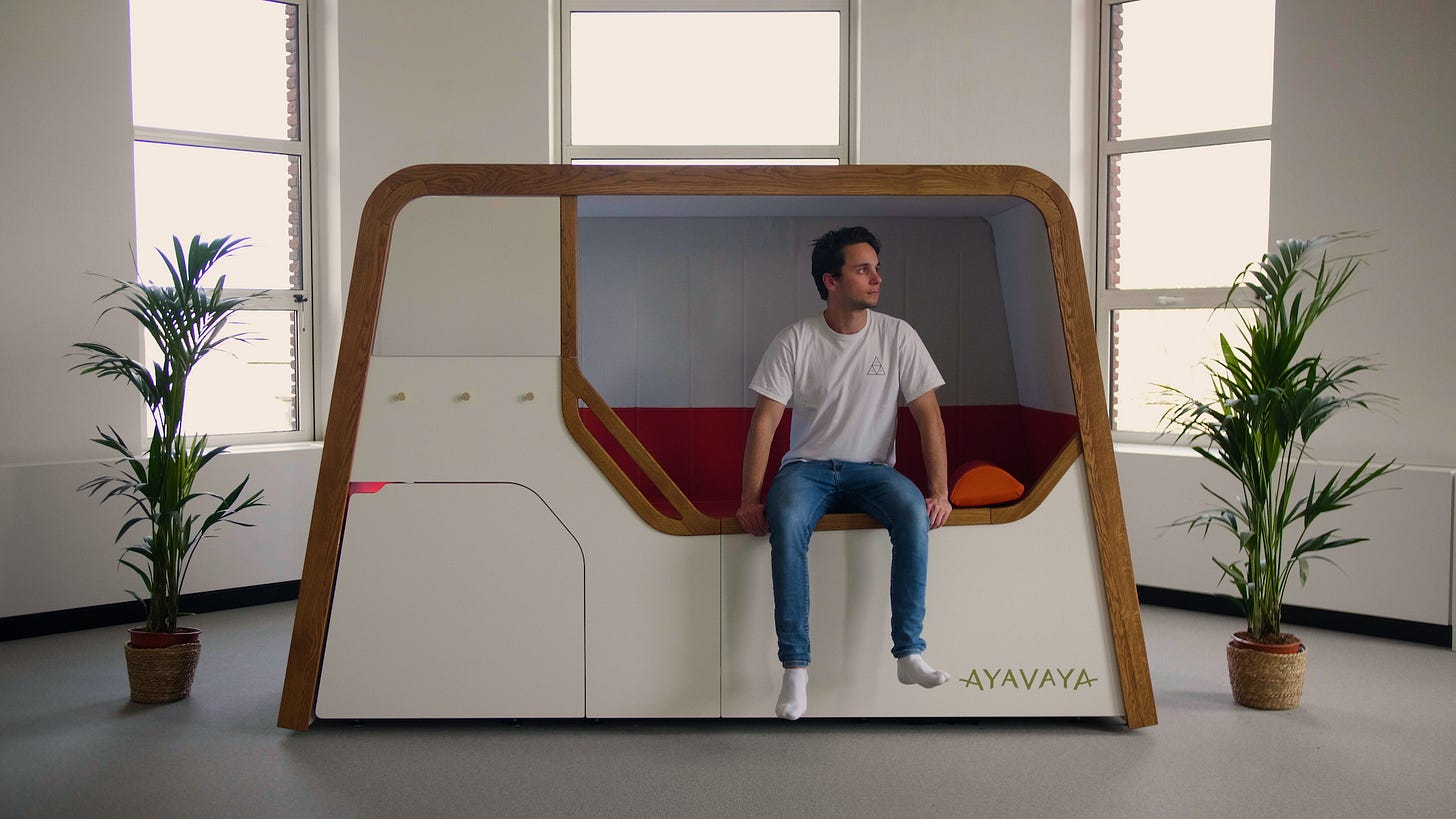


Sleep and more importantly, quality sleep, is eluding for over a third of Americans. According to the CDC, 35 percent of us are not getting the recommended 7 hours of sleep and a quarter of Americans say they will “definitely place a higher priority on sleep in the next two to three years”. The latest research has linked poor quality sleep with a higher incidence of heart attack, obesity, and depression, among other health issues, in those who suffer from insomnia, paired with a steep increase in those experiencing sleeplessness. While there was a rise in melatonin and other sleep aid use at the height of the pandemic (and apparently every winter), we see consumers are actively searching for sustainable solutions that boost their natural circadian rhythm, veering away from quick fixes that may carry long-term side effects. To address our collective sleep scarcity we are seeing evolutions in new research and innovative technologies, as well as prioritizing both the quantity AND quality of slumber. (Mckinsey & Company)
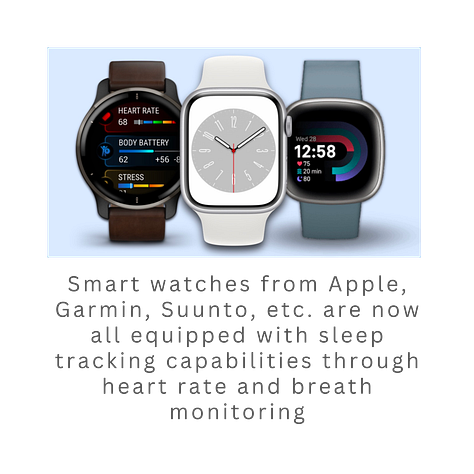
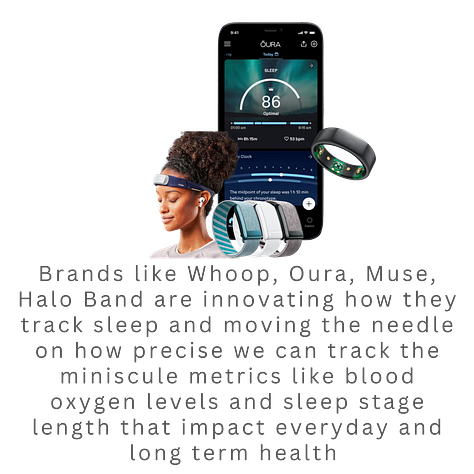

Preventative health is increasingly top of mind for consumers. Almost half of the U.S. population, or 133 million Americans, are living with at least one chronic condition and 40% of adults suffer from two or more. Researchers studying the rise in cancer in people under 50 found a ‘birth cohort effect,’ “that each successive group of people born at a later time – e.g., a decade later – have a higher risk of developing cancer later in life, likely due to risk factors they were exposed to at a younger age than generations before.” In fact, they found that
“among the 14 cancer types on the rise that [they] studied, eight were related to the digestive system. The food we eat feeds the microorganisms in our gut…[which] can influence disease risk.”
While the United States outspends more on health care than other high-income nations, Americans still have the lowest life expectancy at birth and the highest rate of people with multiple chronic diseases. In this sense, our health care dollars are less efficient and we often put off seeking preventive care from physicians. Perhaps as a result of this, we are seeing some consumer behaviors bend toward taking preventive health into their own hands.

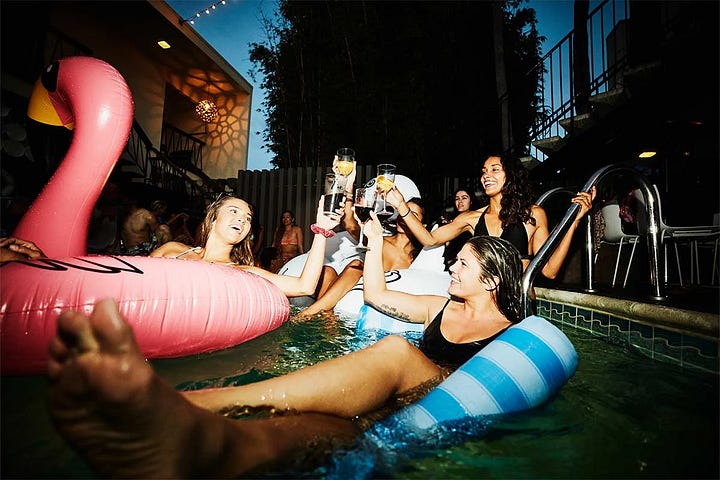
People are realizing that their daily habits, both good and bad, compound over time. The instability and uncertainty we’ve witnessed these last few years has left many trying to future proof their wellbeing. Brands are working to fill this gap in the wellness industry with a holistic approach to create longevity:
Kombucha brands like Olipop, Poppi, and Recess, are positioned with claims to boost your brain, gut, and immune health as a simple and easy soda alternative
Bush’s Beans is taking a page from Blue Zones, locations where residents live longer and healthier lives, like Ikaria in Greece, Okinawa in Japan, or Sardinia in Italy. They took advantage of the fact that beans are considered a “cornerstone of every Blue Zones diet” and introduced a new Blue Zones line of organic plant-based toppings.
Apple has a secret project underway, dubbed E5, which aims to provide noninvasive and continuous blood glucose monitoring. The device will use lasers to emit wavelengths of light into interstitial fluid just below the skin to measure a person’s glucose levels. Eventually, Apple hopes this technology can be implemented into their watches to warn people if they’re prediabetic and help avoid developing Type 2 diabetes; and for those with diabetes, help them and their care team consistently monitor their levels - a huge milestone in healthcare. (BigTechWire)
The momentum of synergistic wellness means that consumers will gravitate towards lines of products and tools that provide whole person health. Brands that invest in research supporting the connection between each dimension, educates consumers in a clear and approachable way, and offers tools to achieve wellbeing will come out on top. Investment in research and development will inevitably produce new technology, however, applying personalization and simplicity to emerging tech will be essential.
Wellness Under Fire
Misinformation is something that increasingly plagues us in our daily lives and it’s uniquely pervasive within the wellness industry. With so many trends, supplements and brands making dubious claims or basing offerings on pseudoscience, it’s often difficult for consumers to separate real & healthy from fake and potentially harmful. Products like SugarBearHair “vitamins” might have been the catalyst for the deluge of green juices, supplements (flat tummy tea), and treatments now common today. Words like “clean”, “natural”, and “organic” have become so overused, that the words themselves spark skepticism among many consumers. While the increase of information has not made navigating wellness easier, it has given consumers the authority to question those powers behind the industry and challenge its existing standards.
FDA Approved? So What.
Most recently growing skepticism of greenwashing has bled into diminishing trust in public health. No longer do we believe “it must be fine or else they wouldn’t be allowed to sell it.” Today, the seal “FDA approved” has lost prominence and is facing an uphill battle to build back trust with the public.
Only 37% of Americans said they had a lot of trust in the National Institutes of Health or the Food and Drug Administration (Harvard)
Legislation has been proposed in California that would make it the first U.S. state to ban five common chemicals (all approved by the FDA) — brominated vegetable oil, potassium bromate, propylparaben, red dye 3 and titanium dioxide — from all goods sold, distributed or made in the state. This would force companies such as Skittles, M&Ms, and Nerds candies to reformulate or stop distribution in California *Potassium Bromate, present in almost 100 bread products in the U.S, has been banned in the U.K., India, Brazil, Canada and across Europe because of evidence that it could be carcinogenic (NBC Today)
The politicization of vaccinations caused increased hesitancy and distrust on display during the pandemic. Only three in 10 parents of children younger than age 5 intended to get their child vaccinated against COVID once the FDA approved it for that age group
Natural, Clean, Tomayto, Tomahto
It’s not only the FDA that is being met with skepticism, but also the language of the wellness industry overall. Consumers are inundated with words like “clean”, “organic”, and “natural” with often over promised health benefits. This clean fatigue and organic overwhelm in an intensely competitive space like wellness have caused consumers to question everything, often turning to the internet for answers.
A recent Mckinsey study revealed that when it comes to consumer preference of natural/clean over efficacy, natural/clean remains high but the scale is starting to lean back towards efficacy
Tiktok saw a 142% increase within the last 3 months of ad creatives using “natural ingredients” verbiage for health and beauty products
Ingredient searches pertaining to health products have nearly doubled since 2016 to today (Google Trends)
Health is Wealth but Knowledge is Power
The food and beverage space has historically championed wellness as it’s core strategy but as of late they’ve been the primary culprit of accelerating skepticism. In search of products that can meet them where they are and aid them in their wellness aspirations, consumers are dropped into a field of “Gluten free”, “plant based”, “fat free”, sugar free, all natural, green, etc. making their shopping experience feel more like navigating a landmine. These labels are meant to be perceived as the “healthier option” but are often a veil for artificial sugars, inflammatory oils, and undisclosed fragrances. Regardless of the algorithm you spend your time within, you’ve likely seen a number of debunked “health” products within the last year.
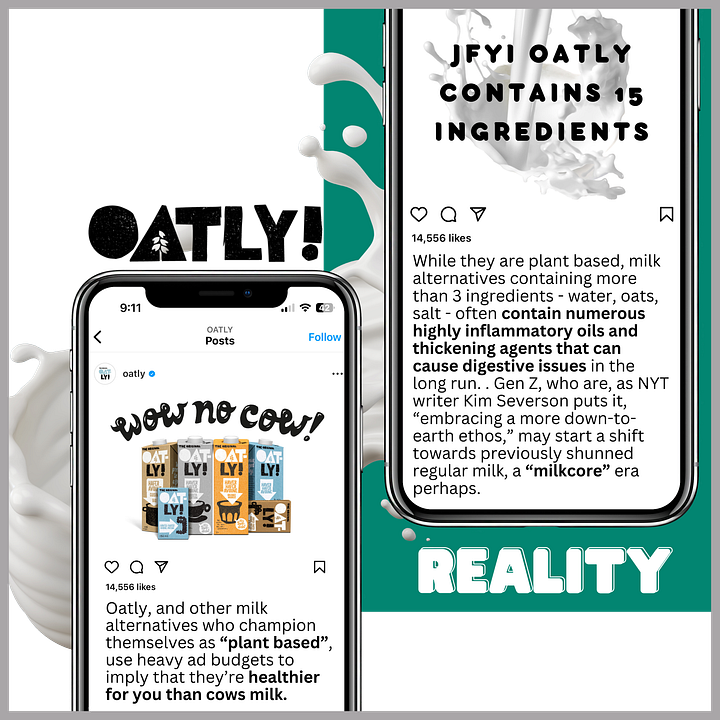
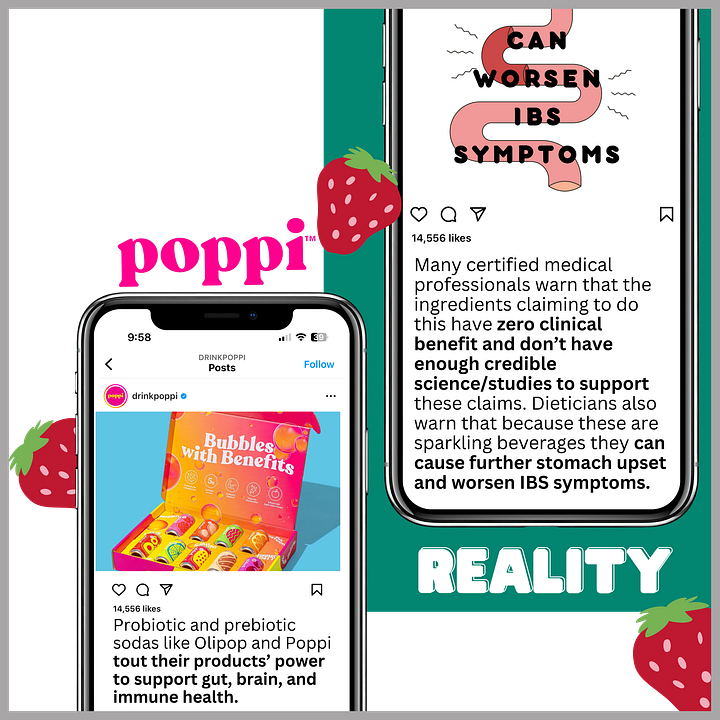
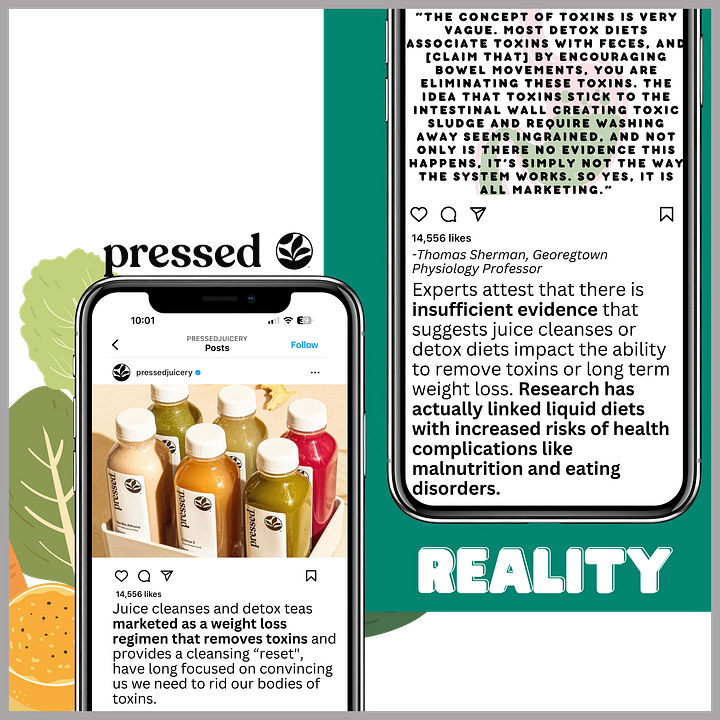

When it comes to skincare the industry closely replicates that of food and bev where ongoing “clean washing” is met with growing skeptics. In fact, the FDA doesn’t approve beauty products before they hit the market and they cannot recall cosmetics. Consumers would be surprised to know that within skincare there is no standard definition of what “clean beauty” actually is and no unanimity on what specific ingredients do/don’t qualify. Skincare brands have largely been left to their own devices to define it for themselves with little transparency. Consumers look for iconography indicating Sephora Clean, Target Clean, EWG Certified, Ulta’s Conscious Beauty, and Allure Clean Standard as a stamp of approval. However, very little consistency lies in the list of exclusions that deem products qualified for each of these and some, like the EWG, have to pay for their certification, which of course becomes problematic.
Brandessence estimates that nearly one-third of the United States market is now labeled clean, with an increase of 12 percent expected from 2020 to 2027.
Clean beauty has 5.6 million hashtag views on Instagram and 1.2 billion on TikTok
Currently, the European Union bans more than 1,300 ingredients from use in cosmetics (though many would rarely be found in personal care items). In the United States, the Food and Drug Administration only bans 11 cosmetic ingredients.
It’s Time to Call a Professional
With such a hodgepodge of contradictory verbiage in the space, doctors and experts (nutritionists, aestheticians, etc.) have become influencers. Social media, and TikTok in particular, has opened up doors for experts to create relationships with consumers that feel personalized, bringing credibility and trust to the beauty space. It also helps that it’s much faster (and cheaper!) to go on TikTok and get advice directly from board certified dermatologists, nutritionists, and surgeons who provide a holistic look at skin. Consumers are flocking to skin-care that is not only endorsed by dermatologists but developed by them.
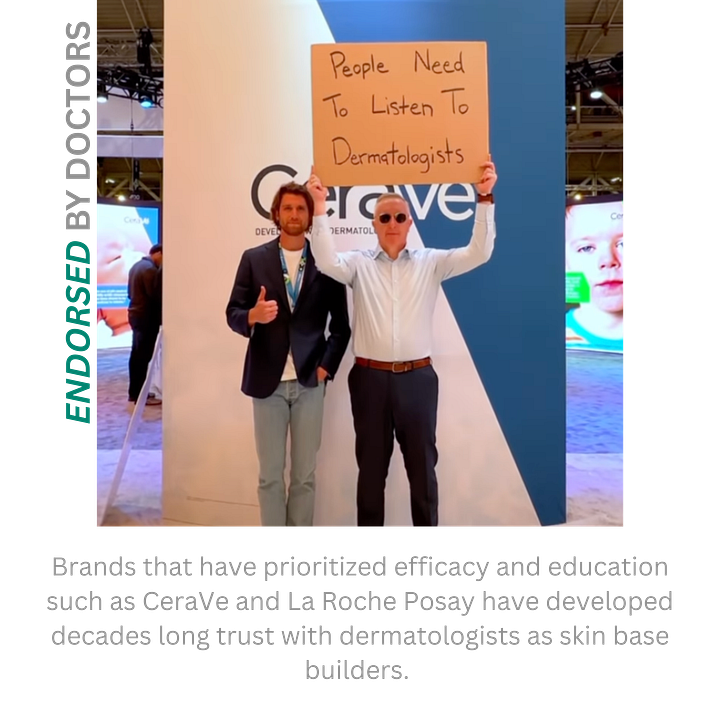
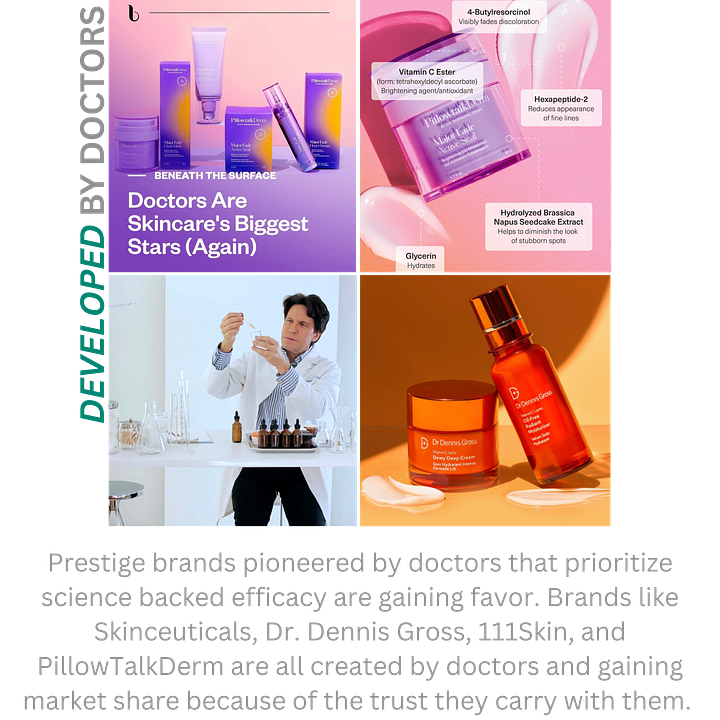
Within skincare influencer culture we are seeing an evolved value exchange where consumers are no longer idolizing those who simply live an aspirational aesthetic life. Instead, attention is going to those who have the credibility and expertise to educate as well as entertain. If we can’t trust FDA approved, then consumers might see HCP approved as the next best thing. The one-to-one connection that consumers have with professionals married with their skepticism is empowering them to become experts of their own.
Videos using language such as “dermatologist recommended” or “dermatologist tested” across Tiktok has seen a 156% and 1000% increase in popularity. Investment in dermatologists not only means delivering education to consumers, but education to the experts themselves. Looking at CeraVe and La Roche Posay we see that investing into dermatologist has also allowed them to simultaneously improve equity within skincare:
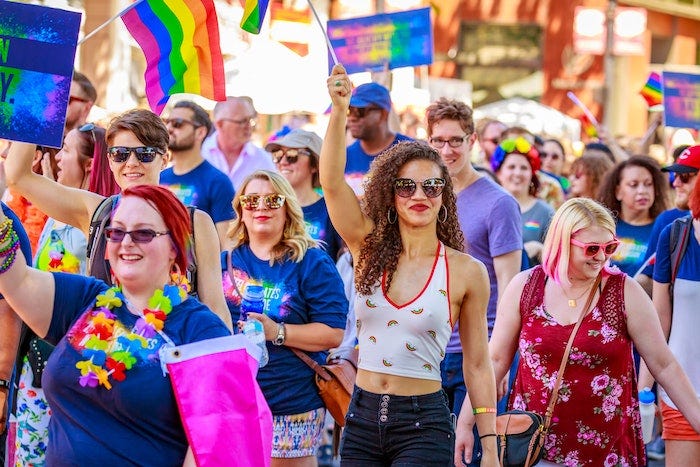
“Equity within skincare is more than representation in marketing and advertising. It is representation of all people at the root of product development.”
– Tom Allison, CeraVe co-founder and SVP of Global Professional Marketing
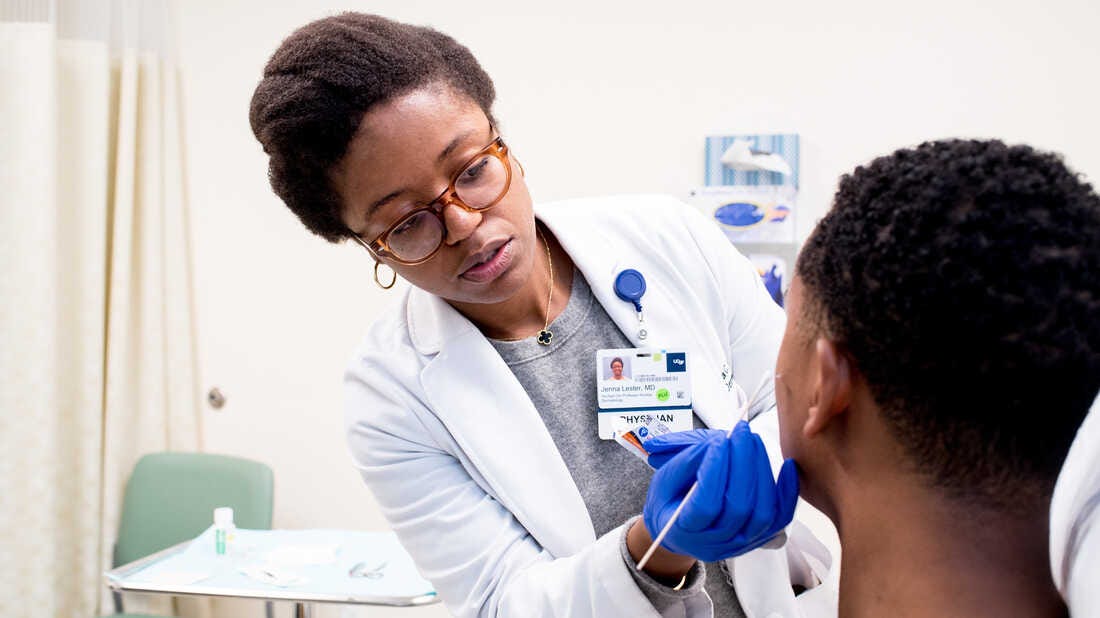
We see skincare consumers leaning the hardest into experts instead of tastemakers, but we can expect to see this behavior carry over to other categories–like the skinification of hair for instance. Success for brands will come from a team of ambassadors that include both authentic influencers and experts.
Cleaning Up Our Act
“It’s much easier to spread the message with marketing than to actually do the work to prove it.” - Co-director of the Mayo Clinic, Purna Kashyap
Consumers, having too long fallen prey to manipulative jargon and questionable business practices in search of better health, are now ready for a new era. Steps have already been taken for better regulation with Congress introducing the Safer Beauty Bill Package, which, if passed, will codify legal definitions for terms like “natural” and “naturally-derived”, and ban ingredients like parabens and formaldehyde. As a brand it’ll be important to provide consumers with a genuine connection to the medical professionals creating, testing, and approving each product while giving a window into each process. People will want assurance of credibility through transparency. It’ll be less about having the most trendy packaging and more about educating consumers about lifestyle changes that impact the skin (i.e. diet) and the synergistic effect of ingredients (i.e. vitamin c is harmful to your skin if it’s too concentrated or not paired with a stabilizer such as ferulic acid).
YOLO, The Sequel
The early aughts of wellness and wellness trends almost always involve giving something up – making a compromise, a sacrifice. It's a double edged sword, you can be well but only if you avoid everything you love. We’re now entering our have your cake and eat it too era where people are seeking products and services that help them live better, more fulfilling lives (whatever that means for them) without wanting to compromise. Increasingly, people want to cut themselves a bit of slack.
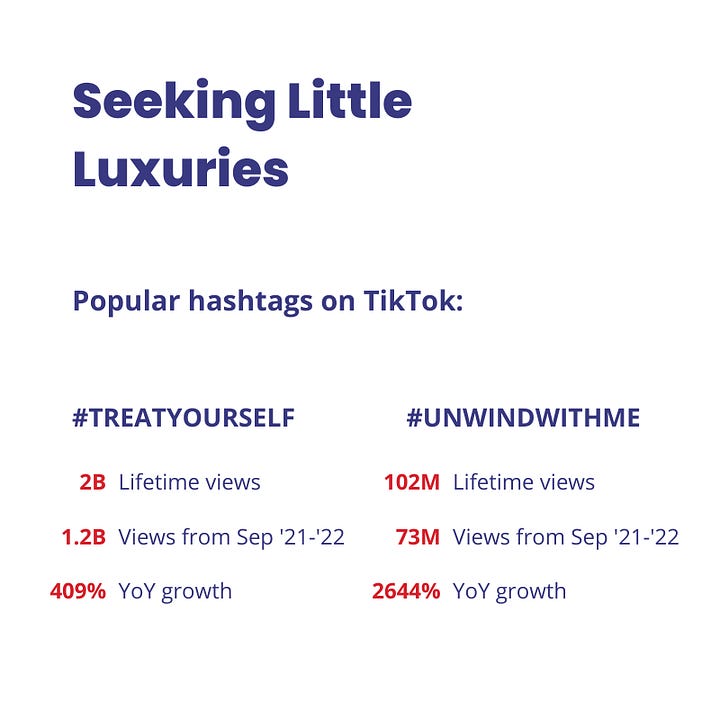
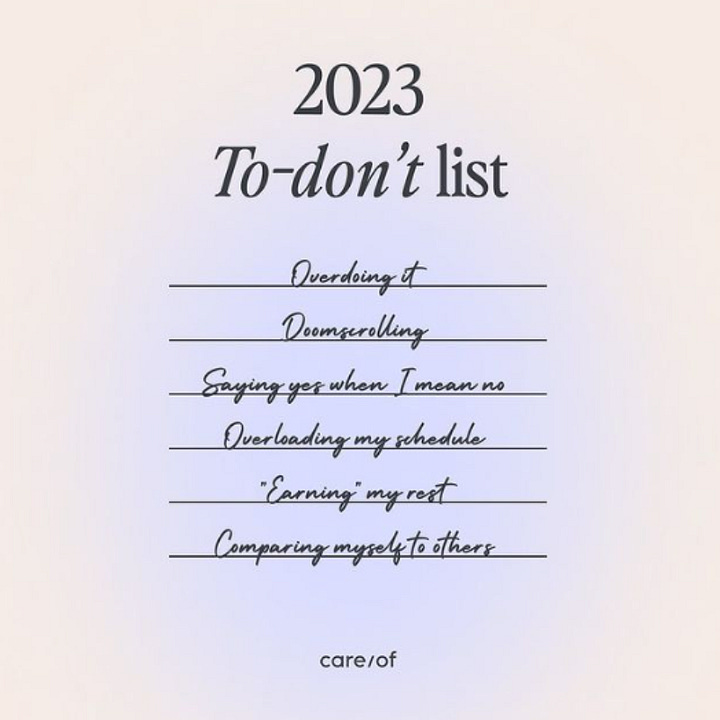
Indulgence, now 50% guilt free!
The word indulge comes from the Latin word indulgere, meaning 'give free rein to." In the early 17th century sense, indulge can be taken to mean ‘treat with excessive kindness’. In 2023, we use a familiar phrase, "Treat yourself" to rationalize our desires – usually risky & irresponsible. In our 2022 trend report we unpacked some elements of our Exploration era, which was a resurgence of the YOLO attitude that saw consumers throwing caution to the wind. We might assume that going for guilt-free indulgences in 2023, provides people a semblance of normalcy and a sense of control. The data proves this out. Euromonitor's 2023 Global consumer trends, Here and Now, shows that consumers are hoping to live a little. It seems that "sparking joy can be a powerful purchase motivator". In this sense, treating yourself with a bit of indulgence is self-care.
“Consumers are giving themselves permission to live a little. They are not abandoning financial responsibility, but they are taking a short-term buying approach with discretionary items.” Consumers are exploring purchase and payment methods that allow them to get what they want and to improve their quality of life now.”
Wellness for the 1%
Much has been said about the relationship between income and wellbeing. Though the previously belief was that overall wellbeing (and happiness) didn’t increase past a $75,000 threshold, newer research has shown that, “experienced well-being rises linearly with log income, with an equally steep slope above $80,000 as below it” and that, “there was also no evidence of an income threshold at which experienced and evaluative well-being diverged”. This suggests that a higher income might be linked to higher satisfaction in life and wellbeing day-to-day. It is also true that higher income in most cases means greater access to and participation in wellness trends and culture. Viral trends that have seemed to define the Gwyneth Paltrow era of wellness are often out of reach for 99% of consumers. But, when you've got money to spend, innovation is more accessible and you can afford to be a little more risky knowing that you have the means to fix whatever might go wrong.
Bio-hacking
Have you ever tried to improve your performance by squeezing into a $75,000 pressurized egg? What about apitherapy – getting stung by bees to get rid of inflammation? Tried platelet-rich plasma (PRP) therapy aka the vampire facial by chance? We haven't either. These are examples of biohacking, which according to Medical News Today, “Biohacking is a term used to describe do-it-yourself biology. It involves people making incremental changes to their bodies, diet, and lifestyle to improve their health and well-being.” These changes range in their extremity but are seeing a lot of interest from the most elite.
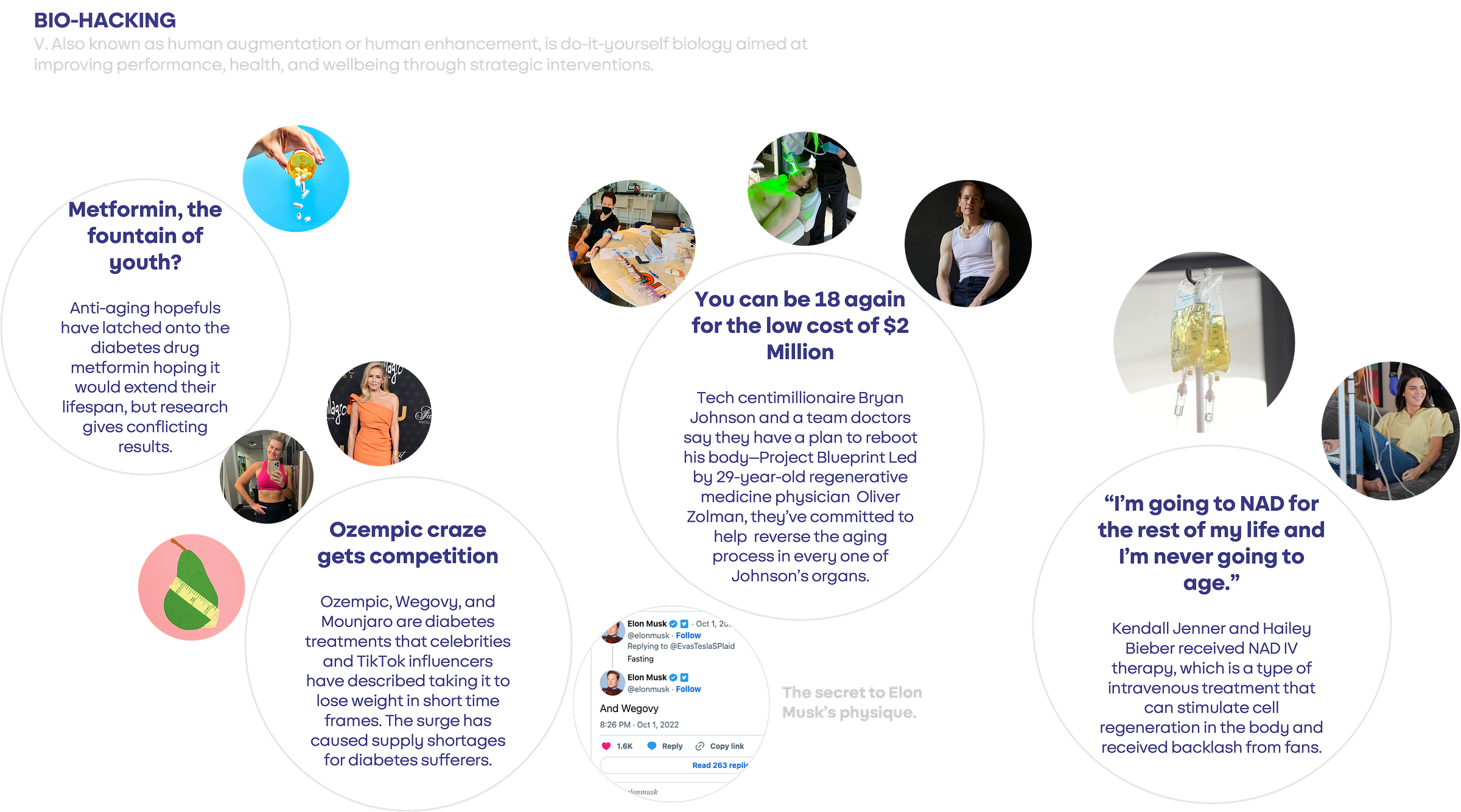
Affordable Affluence
Watching Nine Perfect Strangers' realities unravel while they experience Tranquilium might be feel-good TV that we can gawk at, but deep down, maybe it's something we all want a little piece of. Wellness can be and often is a way of signaling wealth, a way of nodding "IYKYK". Where these trends excel is that beyond affordable, they're aspirational. Just take the half a billion TikTok videos dedicated to the #Erewhon hashtag as an example. There's a word for this phenomenon – "affordable affluence". In a recent article from The Cut titled, "Meet the People Working 3 Jobs to Afford Erewhon" we get a peak into this movement as one of her sources says,
“I love to take Erewhon when I’m flying, ’cause I freakin’ fly economy, I’m not private-jetting anywhere,” she says. “To just be in a comfortable sweat suit or a Lulu ’fit and then have Erewhon? I feel like I’m worth a billion dollars.”
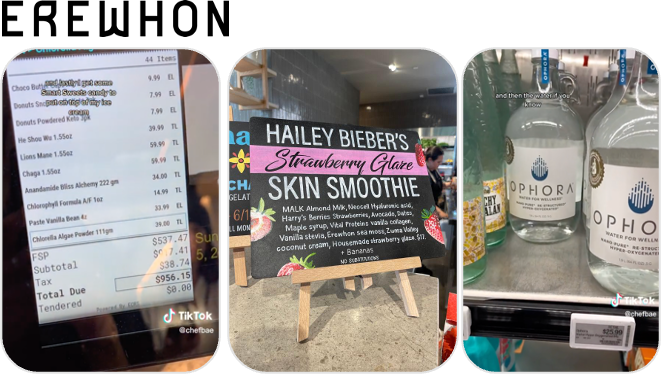
Interestingly enough, the grocery store, founded in 1966 in Boston by Michio and Aveline Kushi, Japanese immigrants, had its roots in Zen Buddhist health philosophy and aimed to make macrobiotic food more accessible. For the [erudite] among us, Erewhon, an anagram of 'nowhere', is also a satirical novel written by English 19th century writer Samuel Butler. In it, Erewhon is a place that is a 'health minded utopia' where the protagonist explores the customs and beliefs of foreign 'Erewhonians' one of those customs being that sickness and falling ill are a crime. This dystopian setting sounds eerily familiar to our current reality in some ways. It’s present in the continued stigma of more severe mental health disorders, in the way we handle obesity through fat shaming, and how most of our spaces and products are built without differently abled bodies in mind. While improvements have been made, there’s still a long way to go.
Democratized wellness
Wellness obviously should be for everyone, as should access to quality food and ingredients. Equally important to note is that not every trend will work for everybody and every body. People increasingly understand that a large part of wellness starts from within, and are searching for ingredients to incorporate the latest trends. Collagen supplements for supple skin and magnesium for a good night’s sleep.
In a world where wellness culture and trends tend to straddle the line between healthy and toxic, it's important that consumers have the knowledge of which trends to follow and which to leave. It also helps knowing that you do have access to better options.
Therapy Speak
Another important piece of the conversation is better access to mental health resources. While speaking about mental health struggles isn’t as taboo as it once was, therapy and mental resources are still inaccessible to many. Going to therapy is beneficial as most of us agree, but it is also incredibly expensive without insurance. Perhaps that is why, “therapy speak” is taking over our colloquial conversations – although, it may be ruining our relationships. We are seeing people who can’t afford to access mental health professionals turn to crowdsourcing advice from peers and on TikTok, which may have damaging implications in the long run (It also drives actual therapists crazy!).
Do You Want to Be Friends?
In the midst of what some have coined the “Friendship Recession” or the “Loneliness Epidemic,” social wellbeing, the act of fostering relationships with other people and communities, has been forced into suppression. The idea of growth is deeply personal and, more often than not, leads to more isolation. Dr. Jonathan Leary, founder of the Remedy Place, discovered that “those dedicated to health and wellness often found the lifestyle lonely.” The development of a lonely society isn’t new, it’s long been talked about in the context of teens and social media. While this isn’t wrong, 80% of Americans 18-24 report feeling lonely, it’s oversimplified. Research has found that 3 out of 4 adults felt moderate to high levels of loneliness and if this loneliness is ongoing, it raises a person’s odd’s of death by 26% in any given year, in addition to correlated health issues like (WWD, The Cigna Group) :
When we look at our modern, westernized society we often prioritize measurable achievements over nurturing relationships. The Harvard Study of Adult Development, periodically tracking peoples fulfillment and happiness throughout their lives since 1938, concluded that “good relationships lead to health and happiness.” In a culture where saying you need a friend is stigmatized, loneliness isn’t a teen problem, it’s a majority problem.
It’s important to also remember that loneliness is largely subjective. Somebody can move across the world without knowing anybody and be physically lonely but have friends and family back home emotionally supporting them. Someone else could be constantly surrounded by tons of friends but be lonely, having no one to be freely vulnerable with or depend on. Mike Murphy, a lecturer in applied psychology sums it up, “For some, it isn’t that they don’t have enough friends but rather they aren’t satisfied with the level of social engagement available.” (L.A. Times)
“I think there are too many young people for whom the experience of social media has highlighted quantity over quality and that is not the recipe.”
– U.S. Surgeon General, Dr. Vivek Murthy
With clear desire and need, the industry is trending towards achieving social wellness as Alyssa Mancao, a licensed clinical social worker, defines it, “the health of our relationships and our connection with others and within our community.” Brands are trying to make up for the erasure of “third places”, or anchors of communities, like plazas and parks, where foot traffic was prevalent and people coincidently ran into each other on the street. However, current options for social wellness are often financially exclusive and, as we see in Wellness for the 1%, seem more like puzzle pieces of Masha’s Tranquillum from Nine Perfect Strangers than communities.
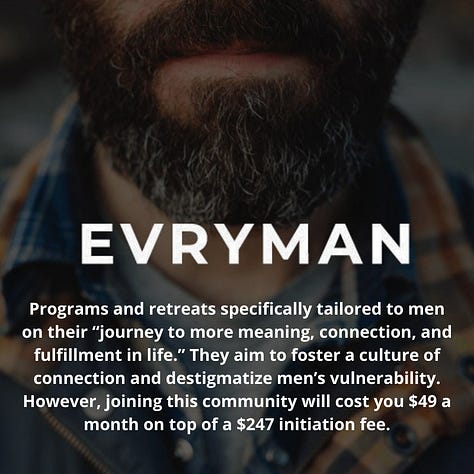

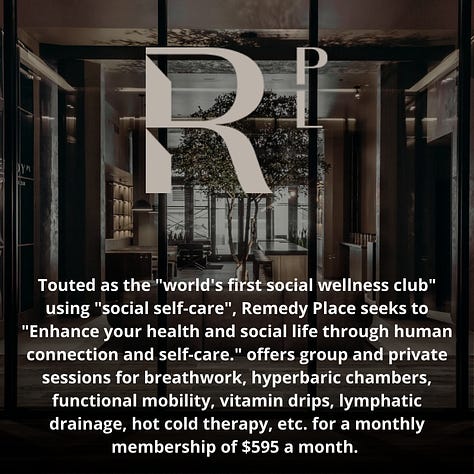
Some skeptics, feel that paying for what’s essentially relationships is cringey and capitalistic, that it seems inauthentic to limit social wellness to an income bracket. However, that aside there is much white space for brands to encourage and facilitate community for everyone. We can take some tips from the running community, where run clubs take over NYC golden hours and cultivate connection over a common passion.
Opportunity lies in experiential where niche communities can indulge in intentional connection and embrace social wellness.
Full House
Is Mom Okay?
A question we should all be asking more often, according to French comic artist Emma.

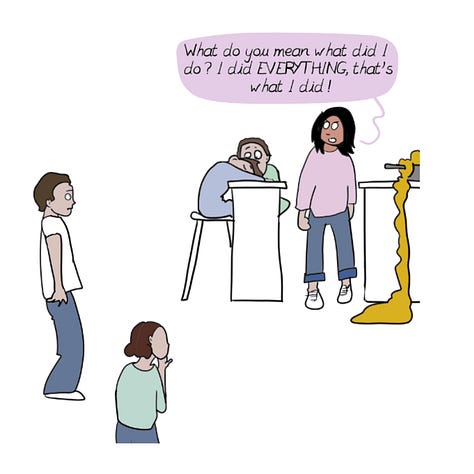
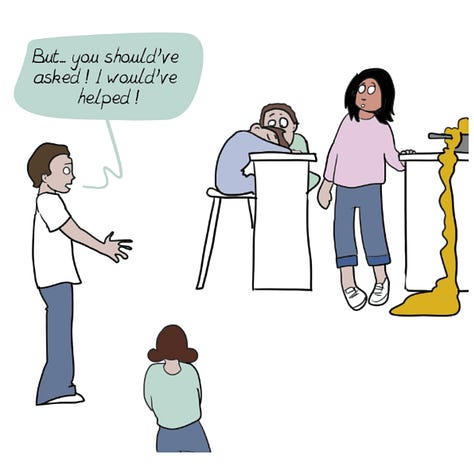
If as a society we're collectively burned out, mom's are fried. Motherly's 2021 State of Motherhood survey revealed (not the right word? we've known this for some time) that moms are continually facing the burden of their households' well-being – and are largely doing it alone.
And according to a recent perspective by Forerunner Ventures, caregiving responsibilities also fall on women’s shoulders.
All of this leaves moms in dire need of self-care with not enough time to engage in it. However, when moms do have a moment to spare, the 2023 State of Motherhood survey finds that they're prioritizing sleep above everything with 73 percent reporting they’re logging 6+ hours of sleep a night, up from 60 percent last year. While moms are sleeping more, their interpersonal relationships have seemed to slide with 51 percent of moms report that they had not gone out with friends or their partner without their children in the past month, a significant increase from 38% last year. And the majority of moms (62%) still report getting less than an hour to themselves each day. If they had that uninterrupted hour, moms have a long wish list of how they would spend it.

It’s no secret that women and mom’s tend to drive many of the wellness trends in culture. We know that moms have both spending power and social power. Mom's drive 85 percent of consumer spending, they are more likely to purchase based on other mom's recommendations, and people turn to them for advice. So tapping into this influential group's wellness priorities and engaging with them directly is critical for brands especially as 74 percent of millennial moms report they are sought out more often than other friends as advisors on a wide range of topics, and have an average of 24 close friends in which to share product recommendations.
For more on women and their expanding views of motherhood, see our recent WOW (World of Women) Report.
The kids are kinda' alright
Millennials may have walked, so Gen-Z can run – but we are just now seeing them catch their stride. This group, who’s helping to usher in a new era of wellness, is redefining wellness and self-care – It’s whatever you want it to be. To 55 percent of Gen Z, much of wellness culture is still too toxic. Instead of being the gatekeepers of what's healthy and what isn't, they prefer a more forgiving approach that includes inclusivity at its core.
"When asked how they want the definition of wellness to change, only 11% say it does not need to, while 89% choose a way they’d like to see it change. And the top way they want it to change is being less restrictive: 46% of young people say the definition of wellness should be more relaxed (i.e. less strict about diet, exercise, sleep, etc.)."
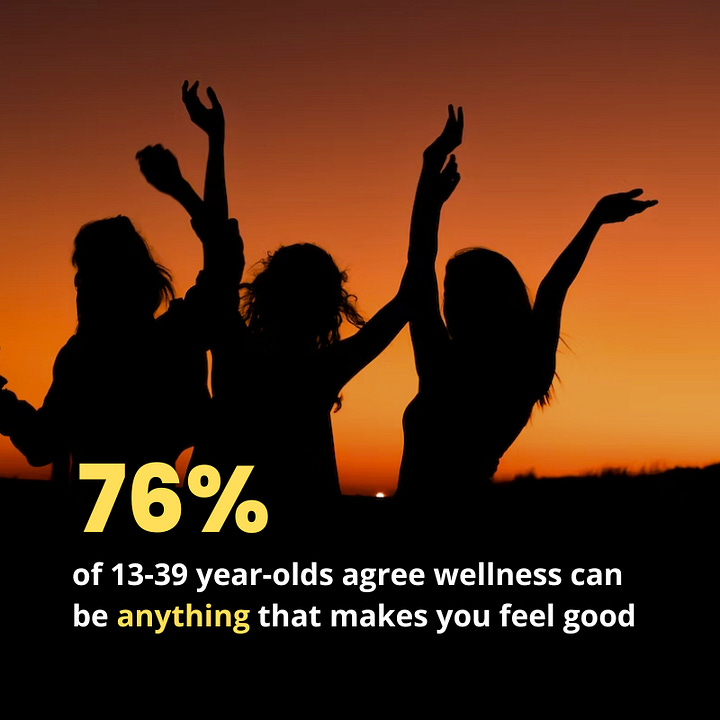
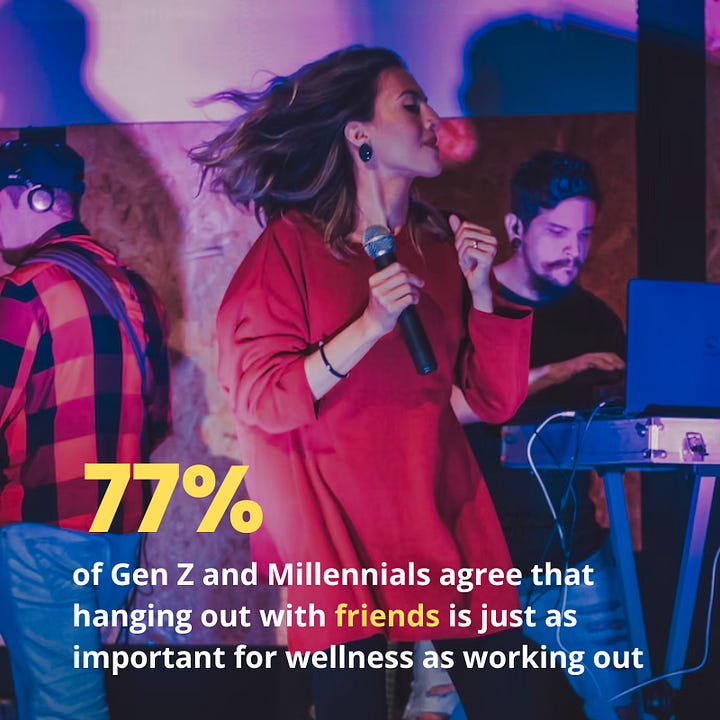
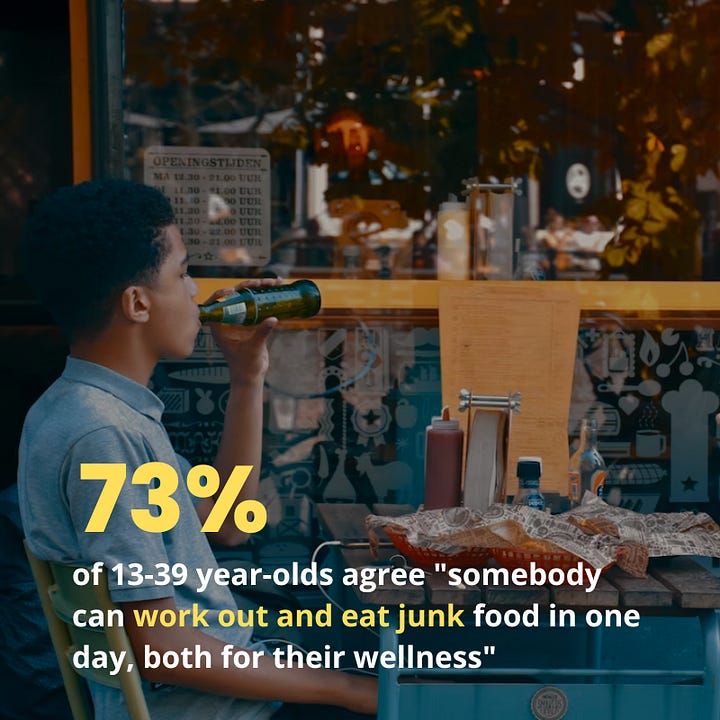
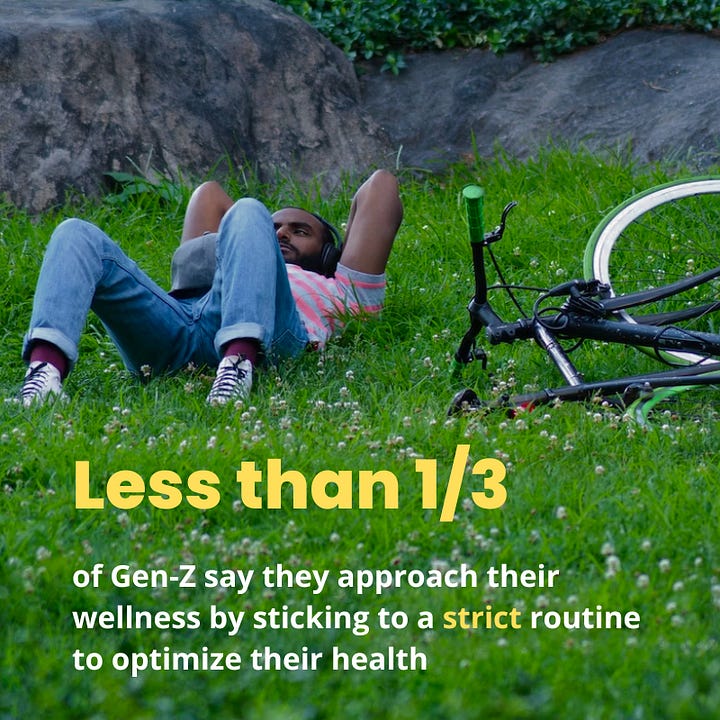
Gen Z, perhaps more than any other generation, is advocating for the collective right to be well, inserting it into public discourse and forcing policy changes. Whether it's body positivity, or breaking sex taboos, Gen-Z, like many up and coming generations before them, are not just rewriting the rules but throwing them out all together.
When it comes to wellness, the most pressing topic for young Americans is mental wellness. Younger audiences who, according to Google's internal data, Nearly 40% of Gen Z prefers searching on TikTok and Instagram over Google Search and Maps turn to social media as a first means of support. This is a catch 22 considering the growing evidence that social media connections may actually be hurting our IRL connections. In December of last year WSJ journalist Tunku Varadarajan wrote a pressing op-ed on 'The ‘National Crisis’ of Gen Z' including findings from social psychologist Jonathan Haidt that social media is causing a steep decline in Gen-Z’s social and mental wellbeing.
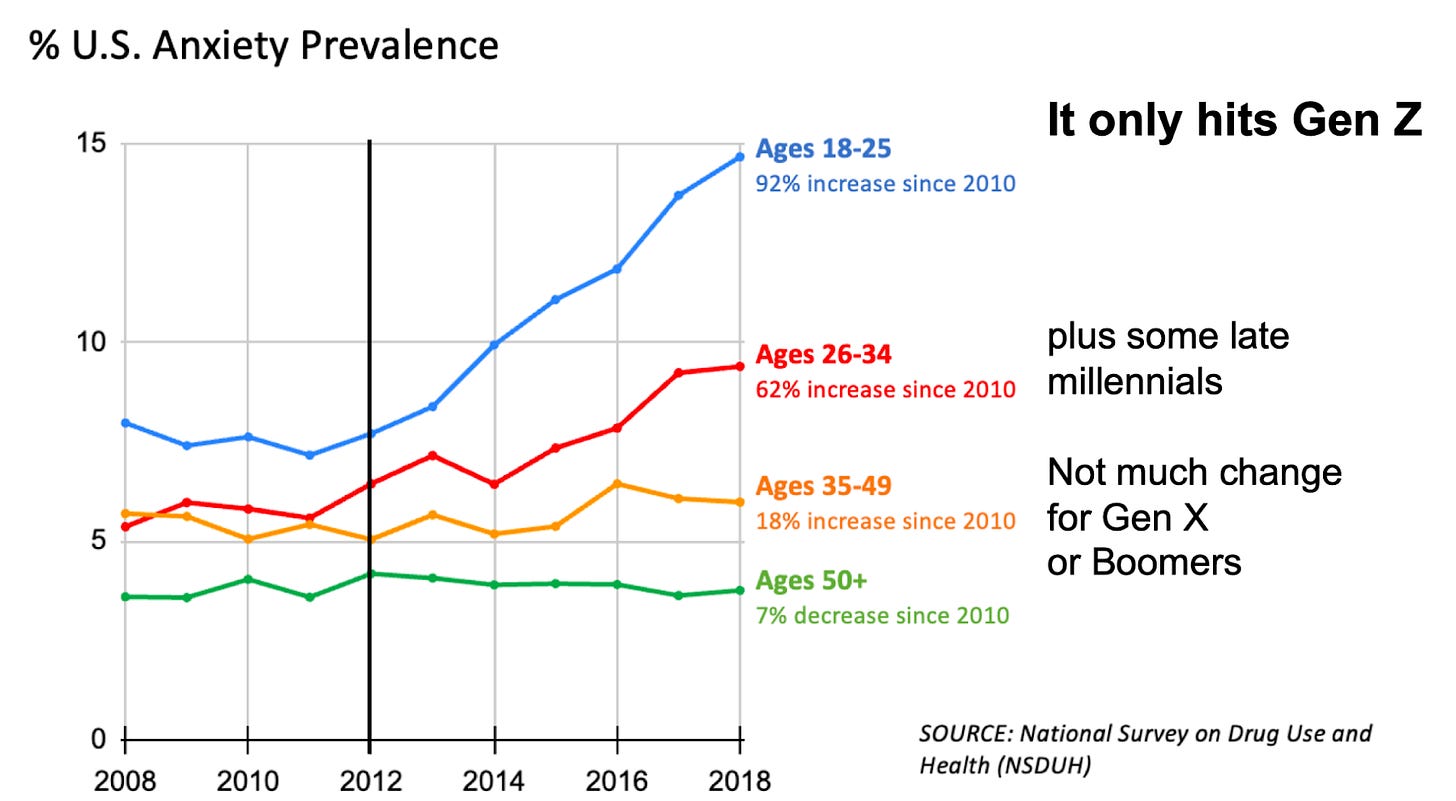
At first glance we might assume that covid-19 might be to blame for this but data shows that younger consumers were already trending toward social isolation before 2020.
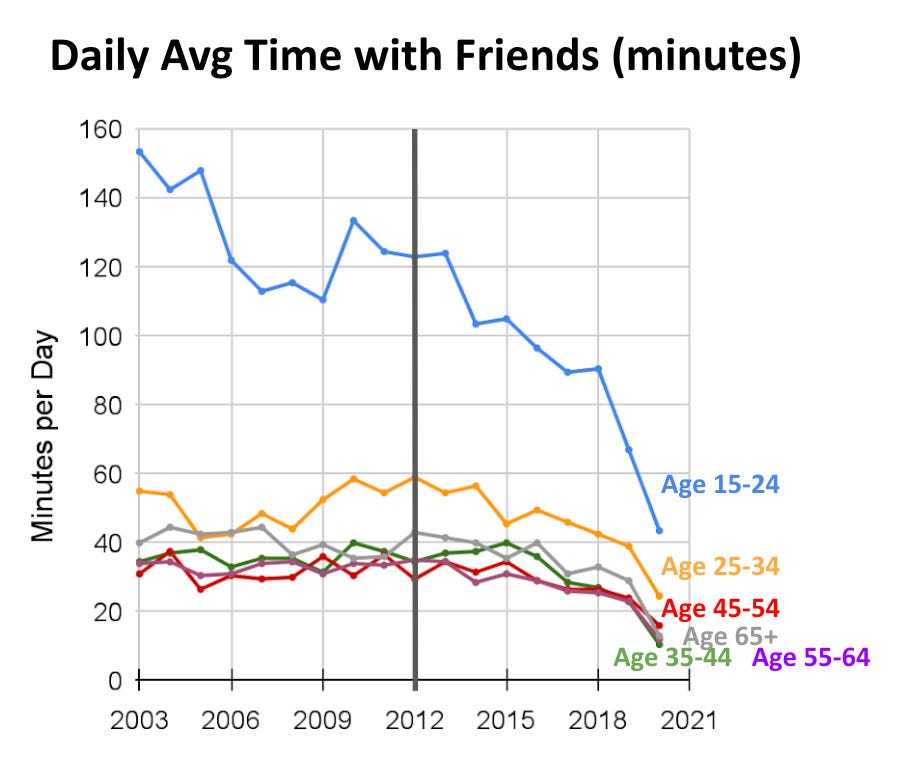
His solution is to treat social media the same way we treat other harmful inputs to our minds and bodies: alcohol and cigarettes – enforce an age limit. What’s interesting is that the downsides of digital life are not lost on Gen Z and Gen Alpha and they do see the dangers implicit in their social media usage. In 2020 for instance, nearly a third of GenZ tried to take a break from social media — tried being the keyword as their breaks were short lived.
“I ask them, ‘Would you get off it on your own?’ Many are afraid to do that. But when I ask, ‘What if nobody could be on? Would that be better?’ they mostly say yes.”
But there's hope! Data shows that the majority of young people are actually more interested in brands talking to them about mental health and wellness than physical wellness. Because of their connectedness, Gen-Z and Gen Alpha are especially poised to learn in digital spaces (hello, TikTok University) but also to heal there as well. As they lean into multiple aspects of the new wellness ecosystem and, hopefully, harness this information to develop better habits than their progenitors, a future of well will hopefully follow them into adulthood.
Dad’s aren’t joking anymore
It turns out, Gen-Z aren't the only ones in crisis. Much has been penned recently about "America's masculinity crisis" and the need to "reframe modern masculinity". A missing piece of this puzzle lies in exploring their wellness journeys across all dimensions of wellness, beyond physical health and fitness where it's typically centered. Beyond the default muscle mass and heart health conversations, we rarely see the same level of openness, resources, and trends in men’s wellness. By leaving men and, specifically, dads out of the conversation, it’s hurting the entire household.
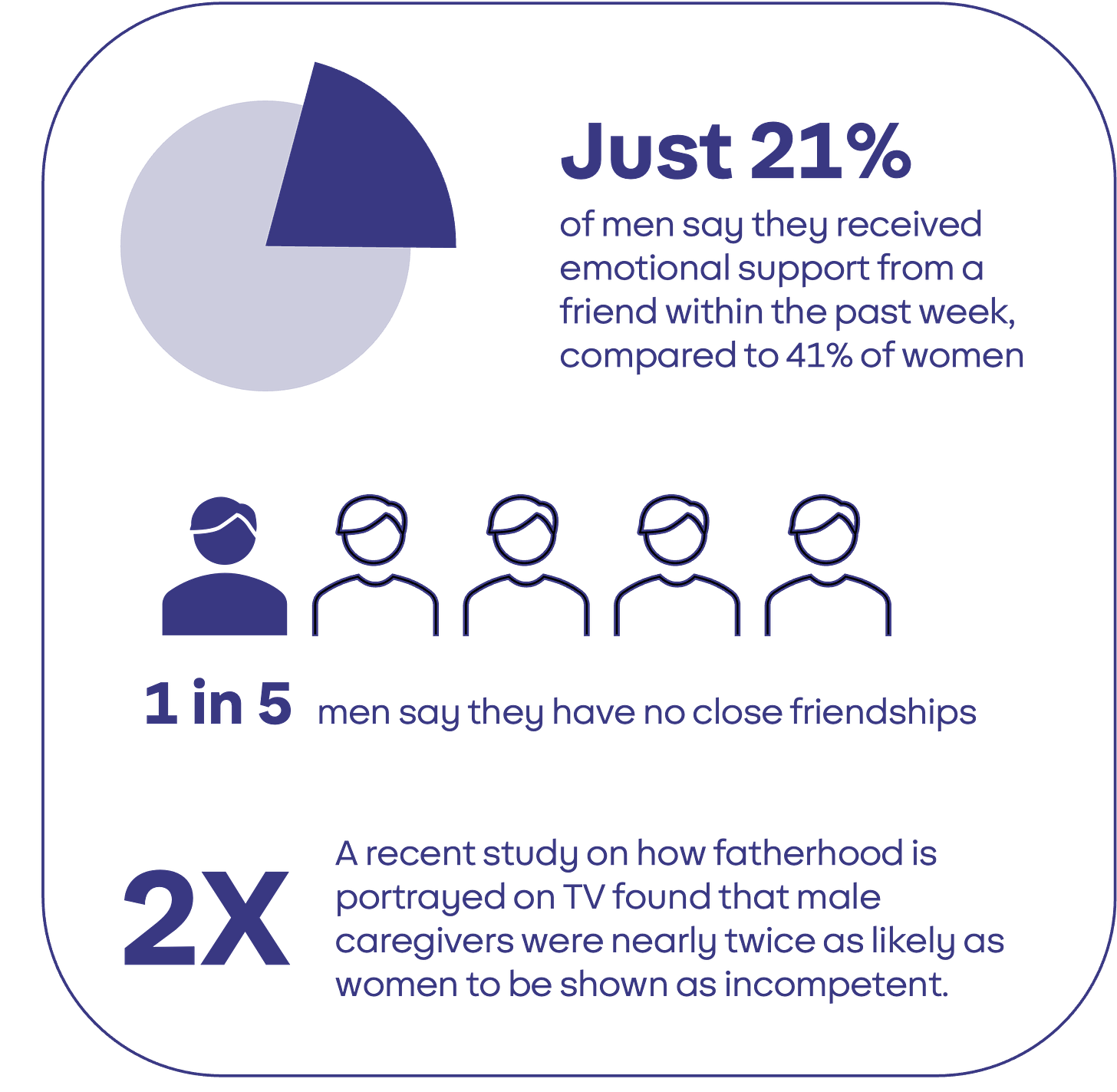
In bell hooks’ The Will to Change: Men, Masculinity, and Love she writes that, “Men want to know love, and they want to know how to love, there is simply not enough literature speaking directly to this need”. This is true of other areas beyond partnership too – men are seeking to improve friendship, parenthood, and mental health. Contrary to what depictions of men might have us believe, they are now making strides in how they care for themselves.
In 2023, more men are visiting the spa
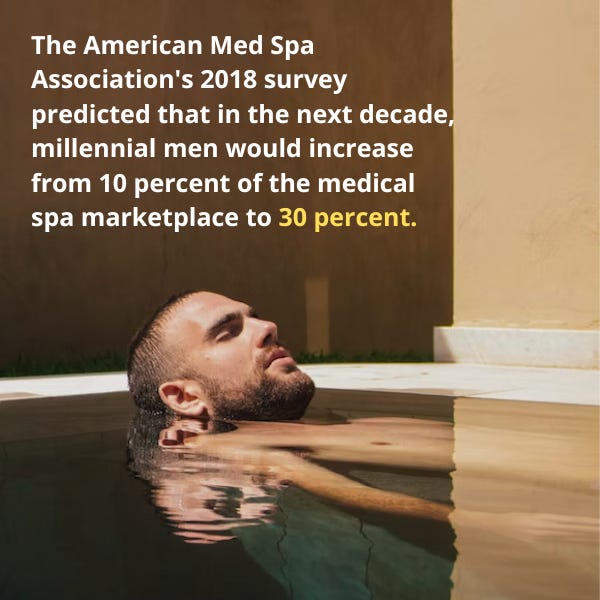
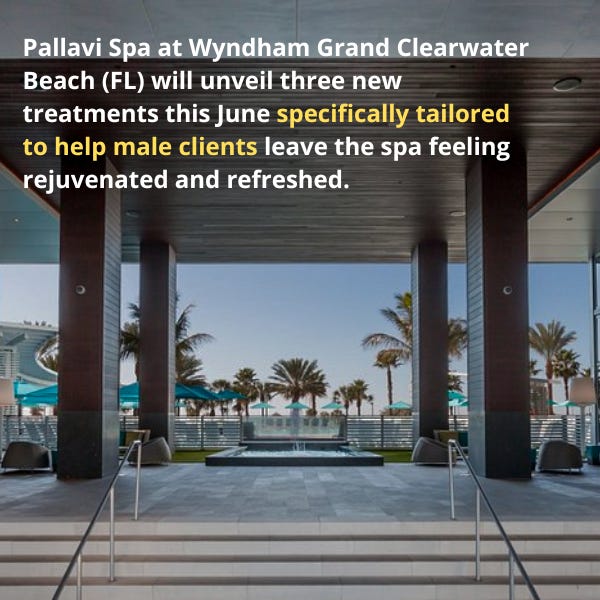
And de-gendering skincare and self-care
The global men's personal care market grew from $58B in 2022 to $63B in 2023, in part due to the 6 in 10 Gen Z men expressing increased interest in purchasing male cosmetics and grooming products.
Say hello to “Brotox” as coined by cultural strategy consultancy Cassandra. Last year, men's lifestyle bible GQ published their Guys Guide to Botox.
Brands like Humanrace from Pharrell Williams are helping to shift perceptions of male skincare
Axe, in the past criticized for contributing to toxic masculine advertising, launched the “Is It Ok For Guys”(opens in a new tab) campaign in 2017, questioning negative stigmas with commercials that frame taking time for bubble baths as "bathsculinity."
The opportunity here is to destigmatize wellness, self-care, and sharing among male audiences so they feel more comfortable openly discussing their journeys with one another. It will be important for brands to not only communicate the why for men’s wellness but also the how, by providing platforms and open spaces for vulnerability to thrive.
All-Inclusive Wellness
A title that leans more aspirational than realistic. As we've researched this report extensively there was one very important observation that stood out to us – certain groups are largely absent from the wellness conversation. Whether it’s a lacking awareness wellness practices origins rooted in indigenous or ancient wisdom, portraying only one type of person as the gold standard, or using language that’s binary in nature.
“Wellness is currently presented as mostly for people who are affluent and Caucasian. Growing up in an African family—Dhliwayo was born in Harare, Zimbabwe, and as a kid, she lived in Canada, the UK, and the US—she felt a part of healthy, wellness-centered culture. At the time, vegetables on the dinner table weren’t labeled ‘wellness’; they were just part of life. But in today’s burgeoning wellness industry, people are buying into the idea that wellness isn’t just life. It is something you purchase.”
– Sinikiwe Dhliwayo, founder of wellness collective Naaya
Ironically, this exclusion is counterintuitive to wellbeing, especially where marginalized groups often experience layers of barriers to adequate healthcare and wellness or avoid seeking help altogether. This topic along with accessibility and ecosystems of health will be explored in-depth in an upcoming thought leadership piece penned by our friends at The Practice.
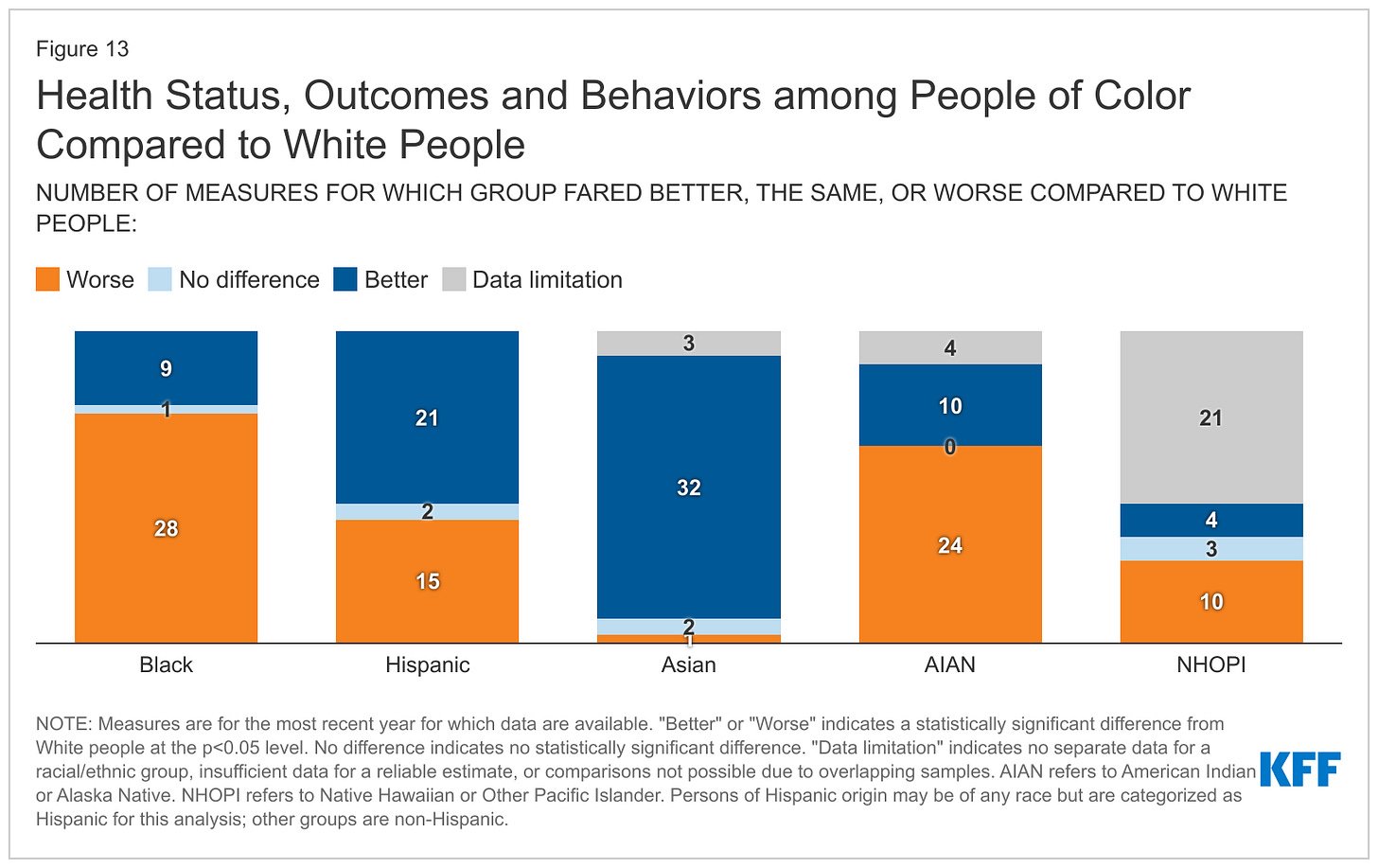
What we do know is that the need and desire for improving wellbeing is universal. As we've seen in recent years, consumers are calling for brands to be more inclusive and cater products, services, and marketing to people in a way that prioritizes underserved consumers.
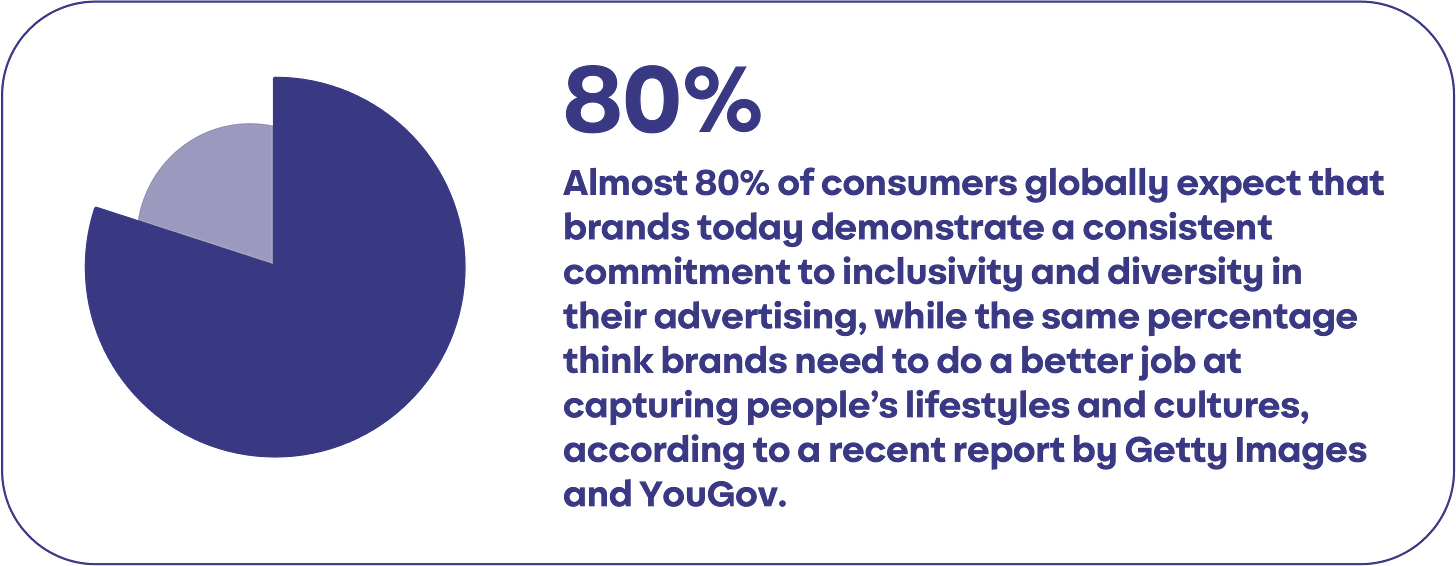
True inclusivity marries representation with cultural understanding. There is an enormous whitespace within wellness to engage directly with these key multicultural groups – different races/ethnicities, gender identities, ability, or neurodiversity – whose paths to wellness are heavily influenced by their lived experiences and cultural identities. Brands who are engaging are already seeing success with audiences.

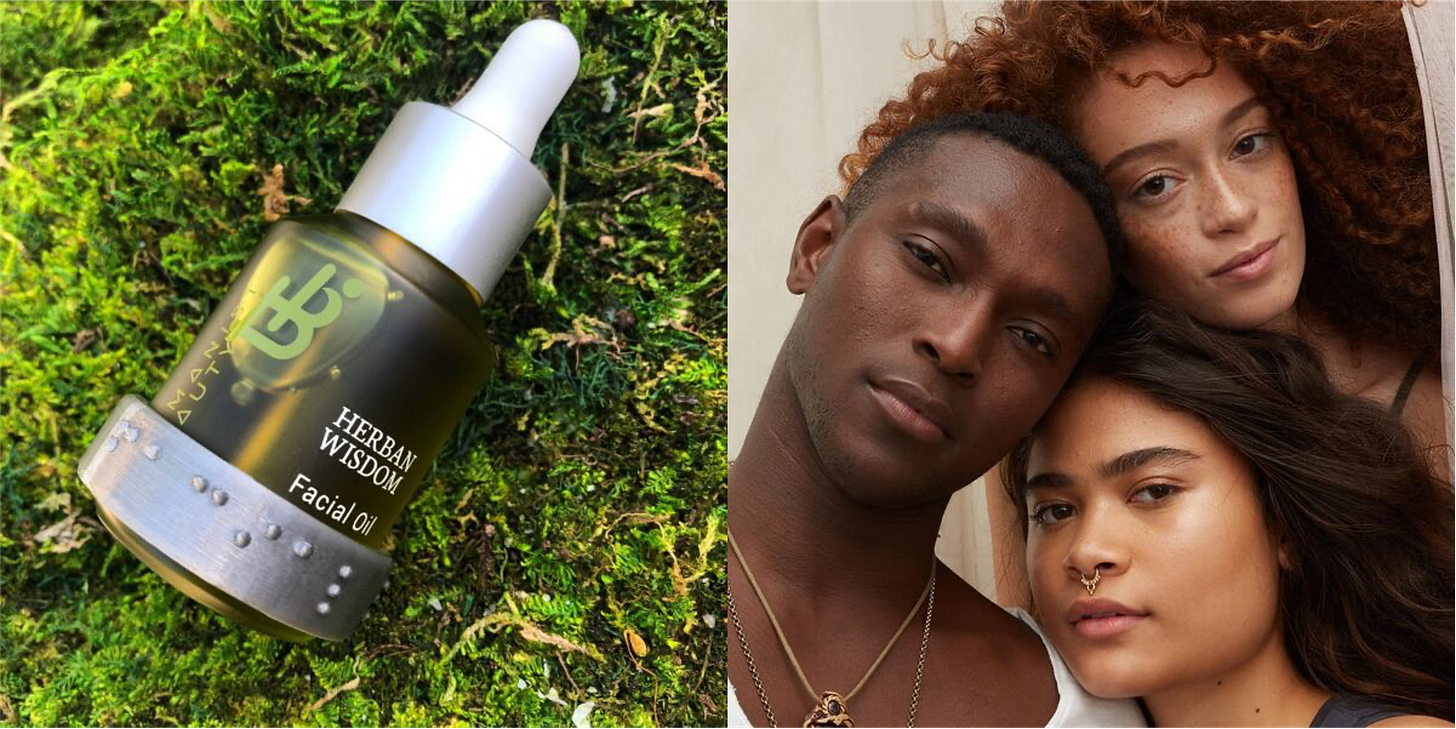

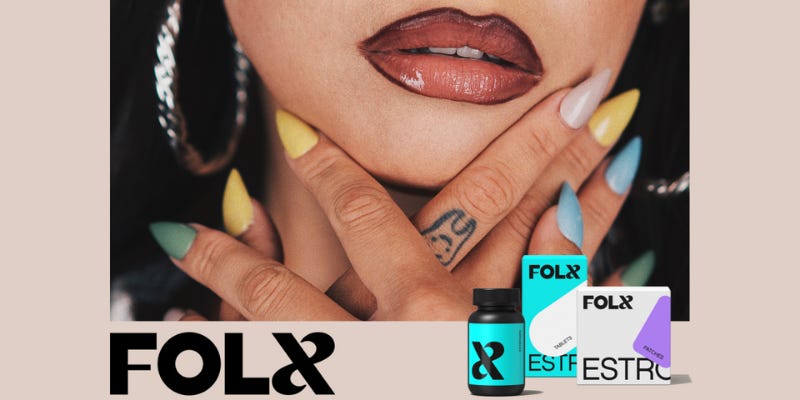
To thrive within this new landscape, the wellness brands of the future must drive new, more exhaustive forms of inclusivity, rather than following the dominant definitions that have already been established…By finding the silos that still exist within specific wellness categories and thinking about the role they can play now and in the future, they can prim themselves for success, even as the needle moves.
Extra Credit Reading
Wellness is something we all want. How has it become a luxury? (Washington Post)
How Did Healing Ourselves Get So Exhausting? (The Atlantic)
The Wellness Industry Has A Cultural Appropriation Problem — & It’s Not Alone (Refinery29)
The rise of gender neutral skincare and beauty (Cosmetics Business)
Why the Rich Fall for the Cult of Wellness (Financial Times)
Social Media Can Be a ‘Profound Risk’ to Youth, Surgeon General Warns (NYT)
Got Milk? Not This Generation. (NYT)

